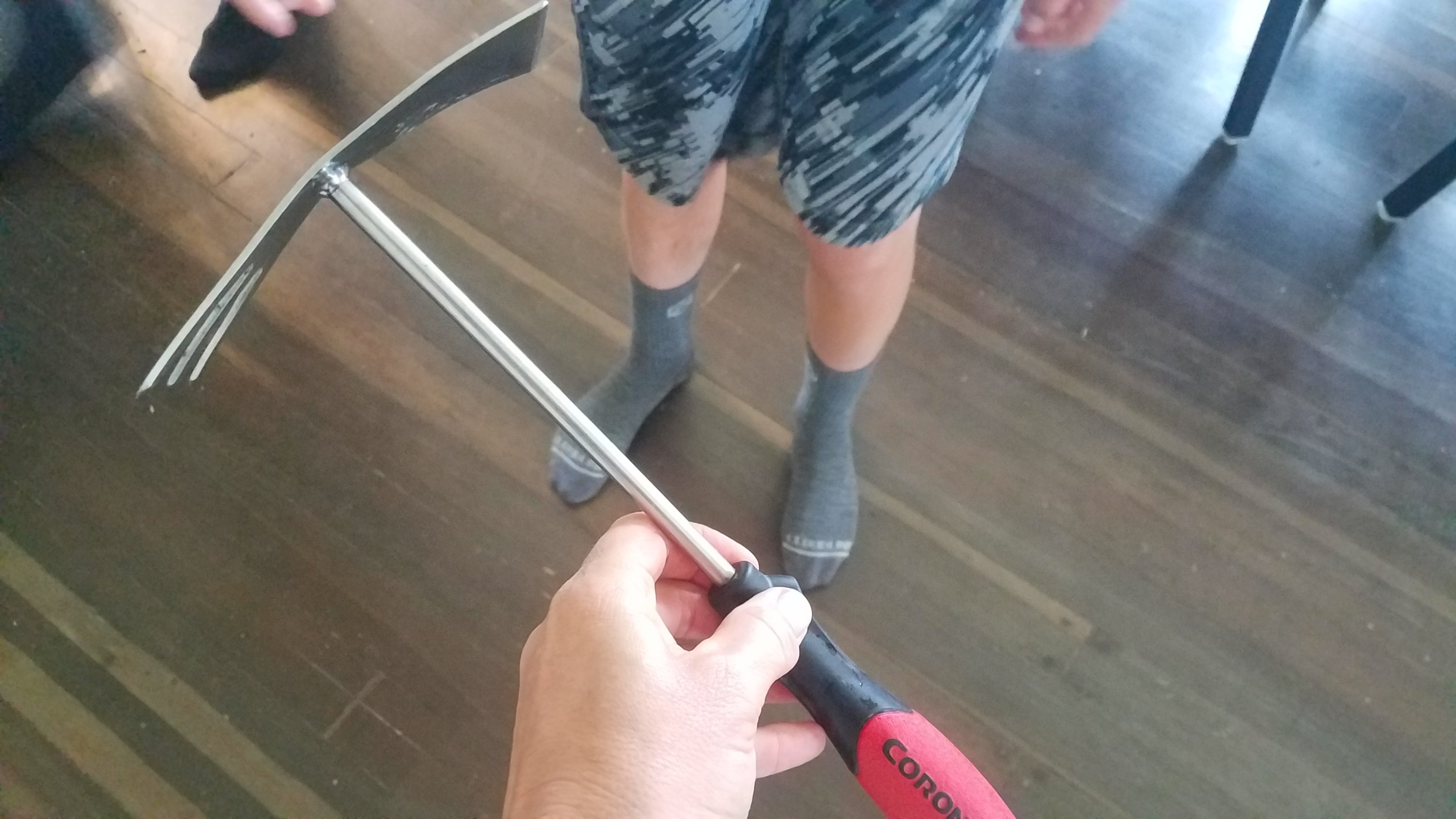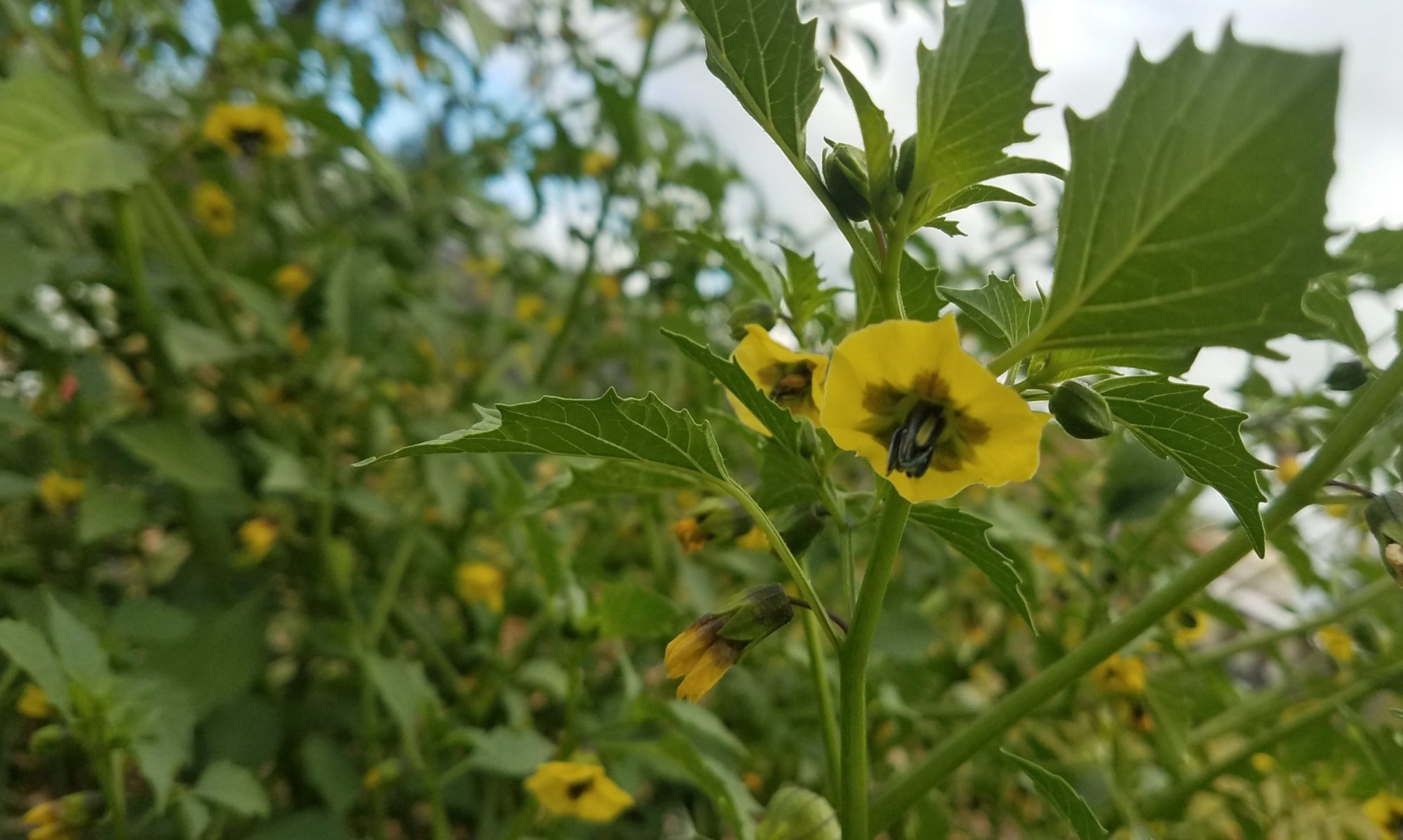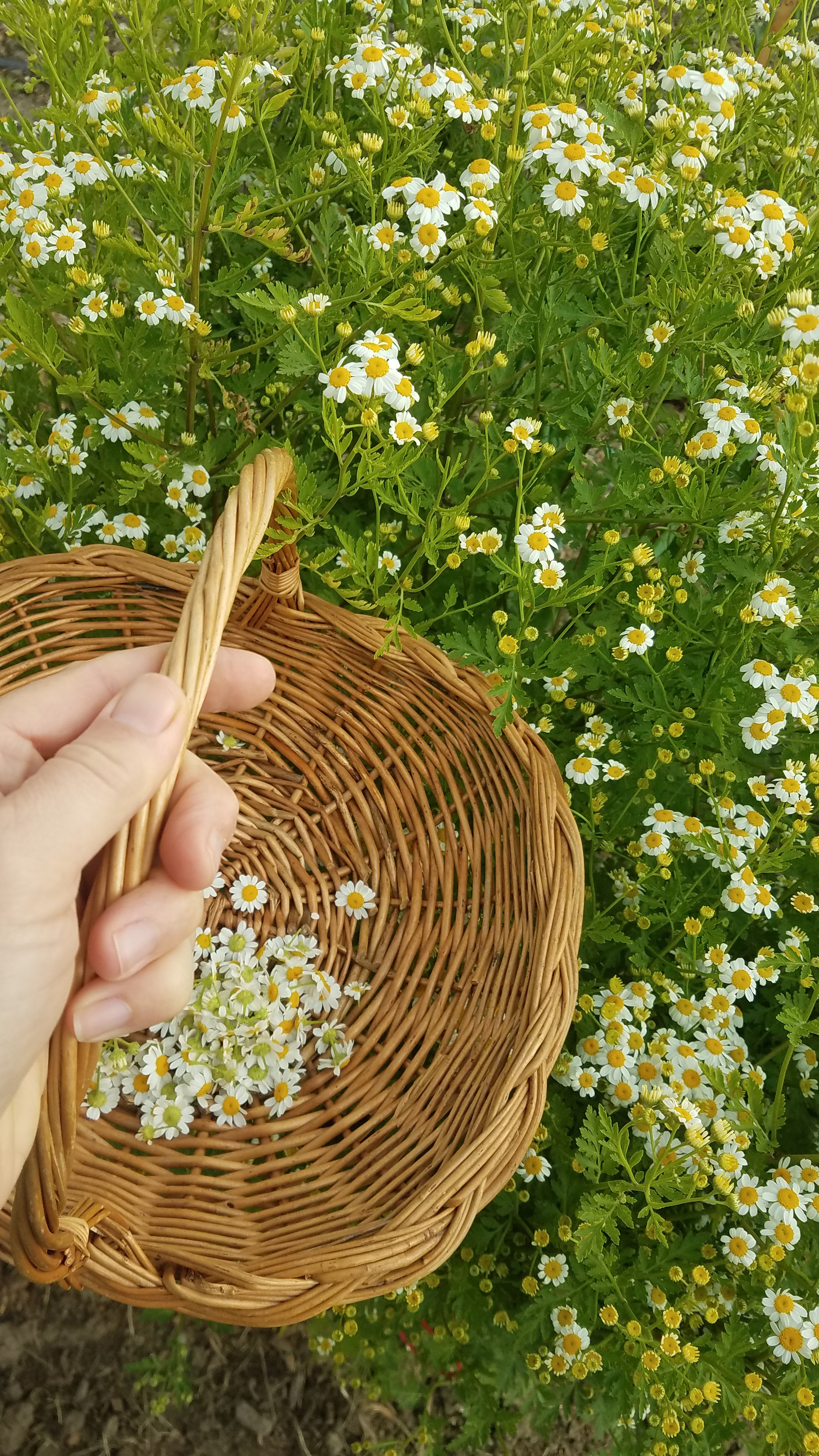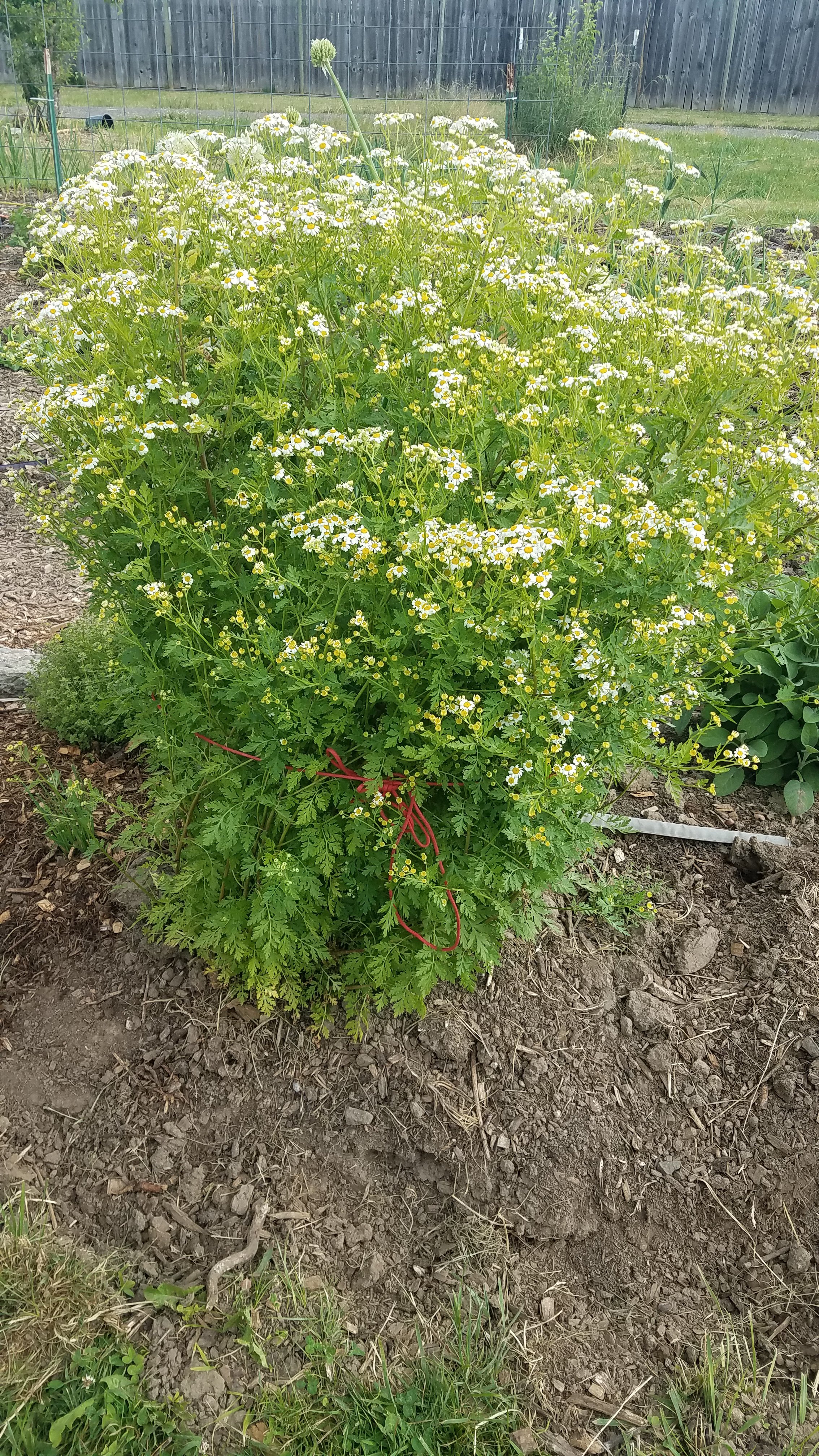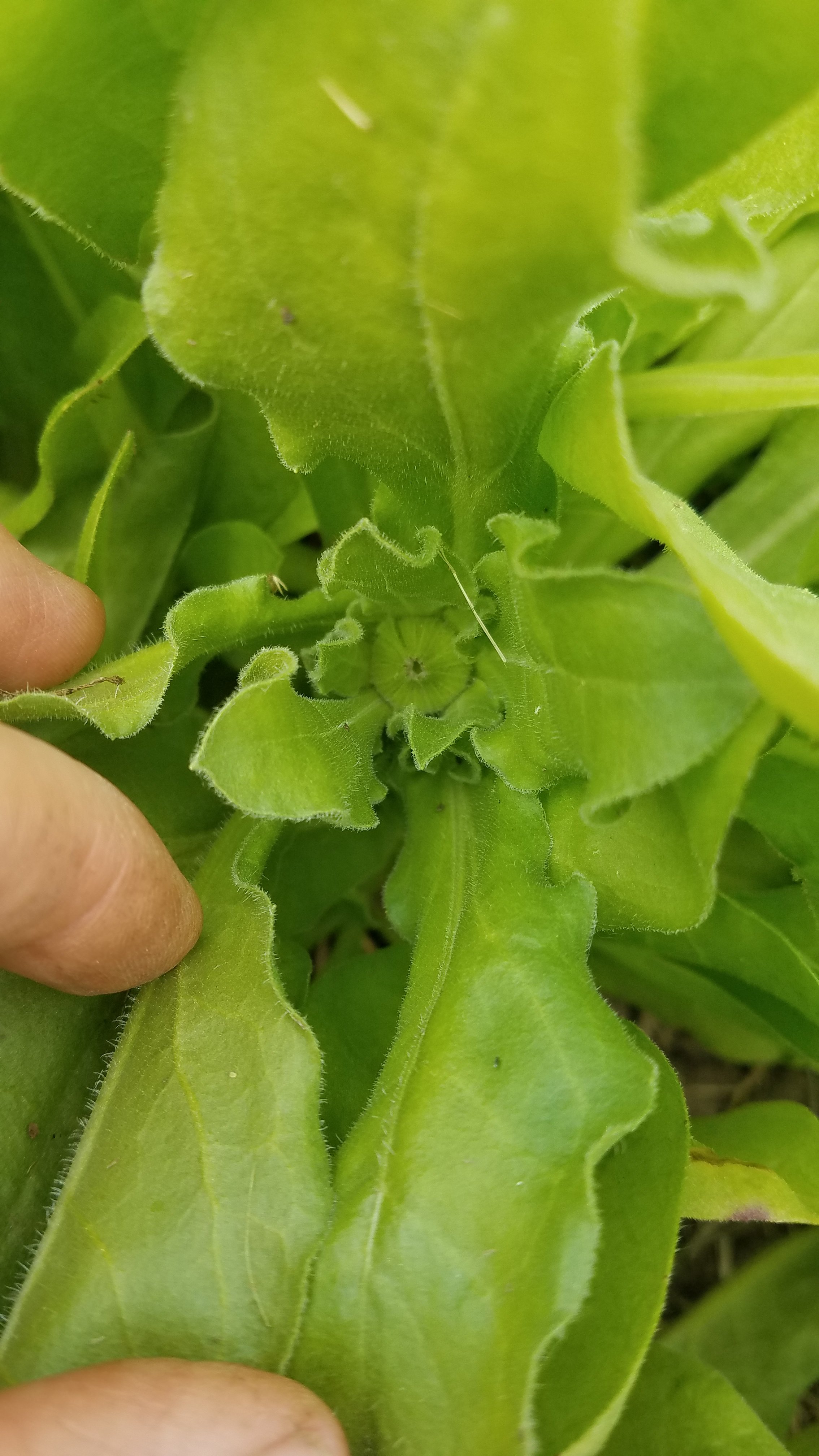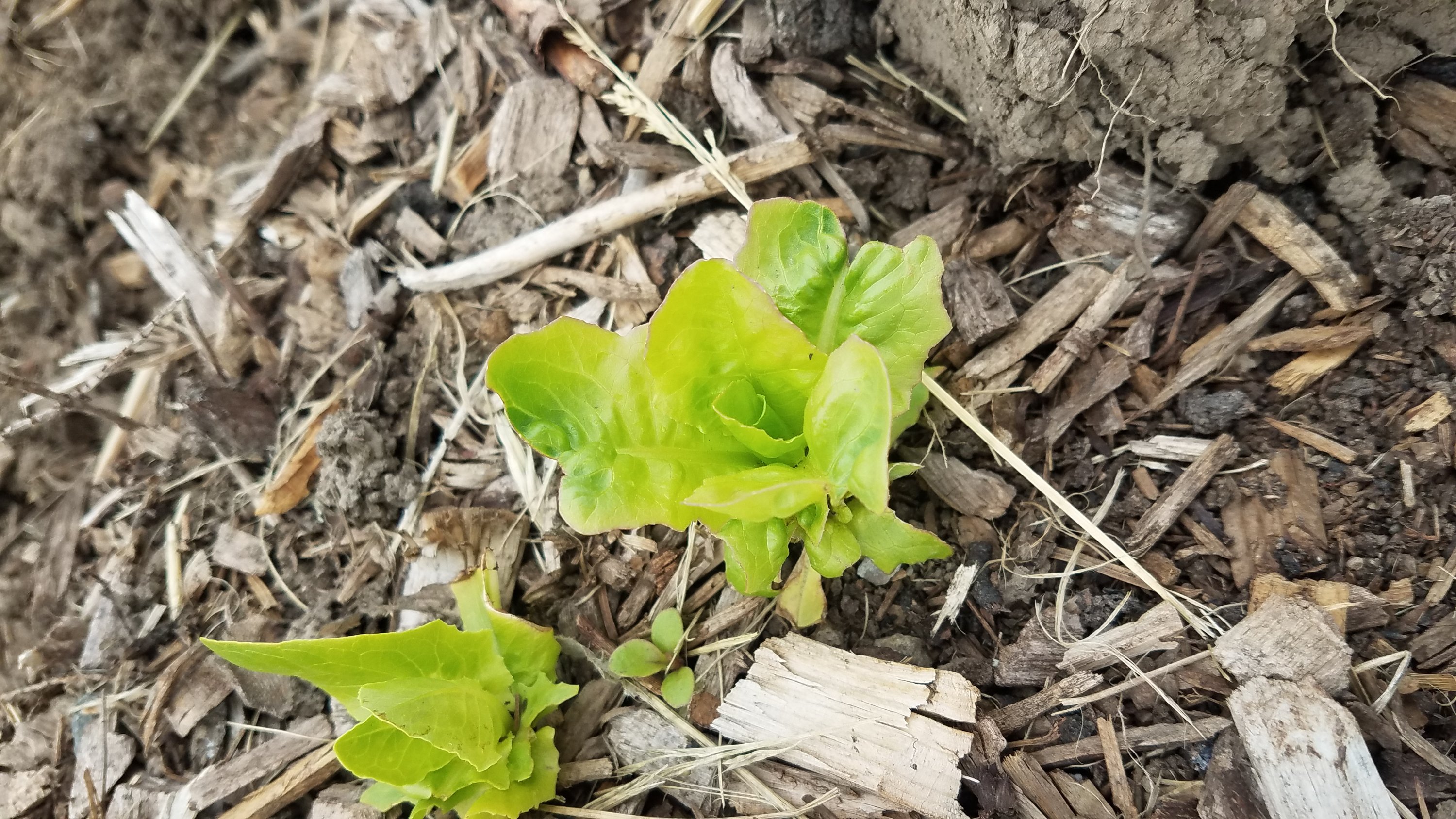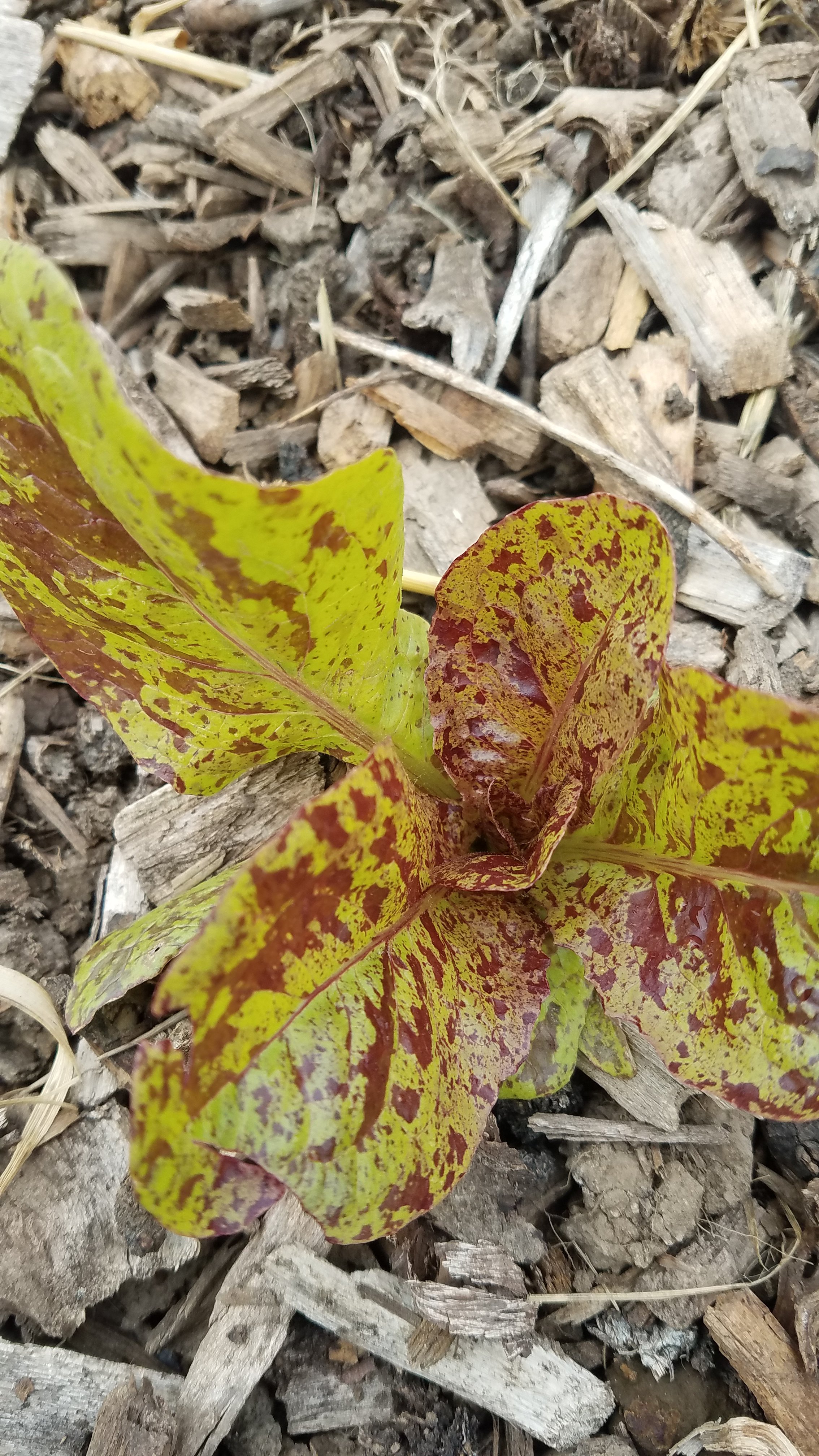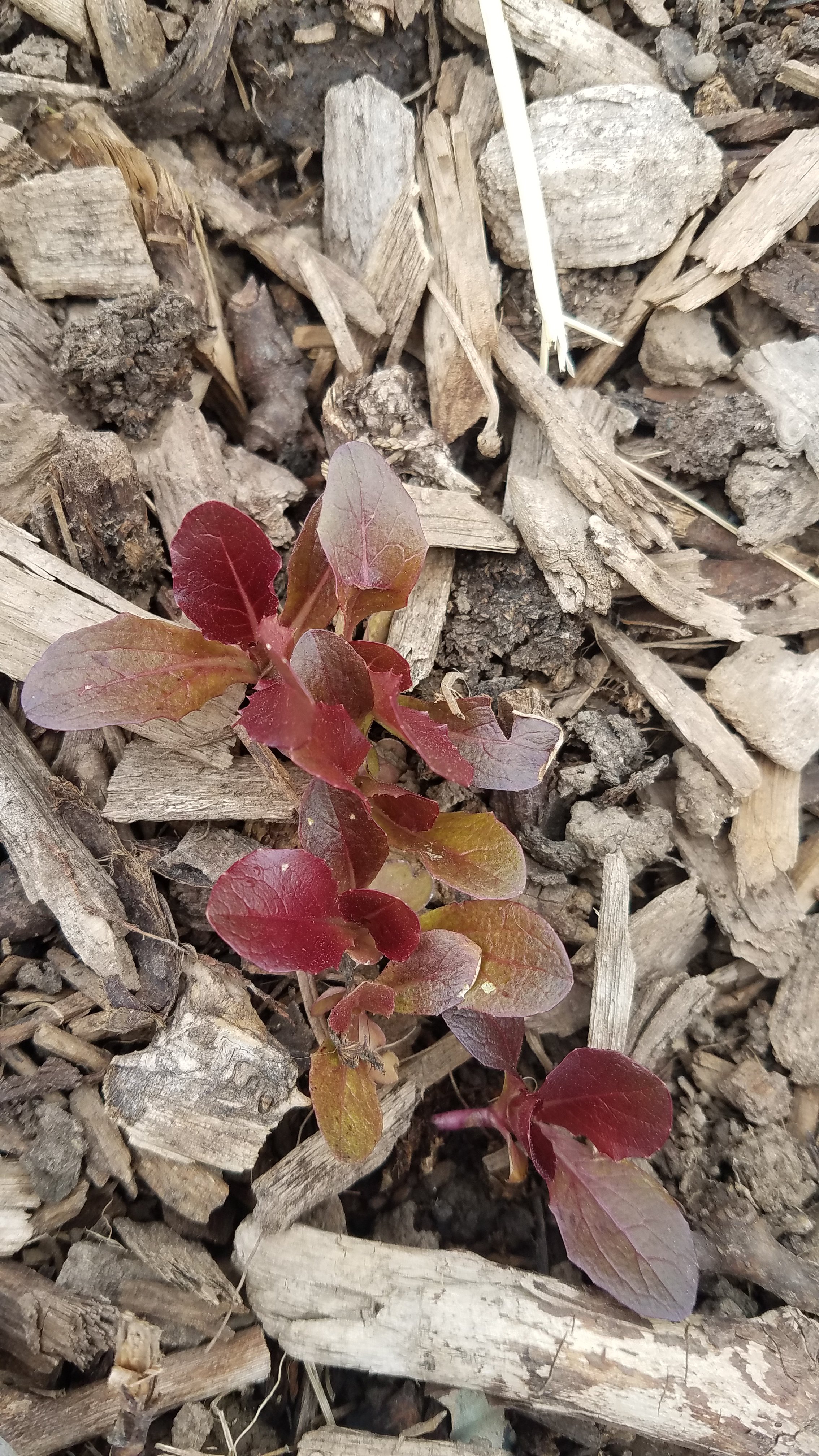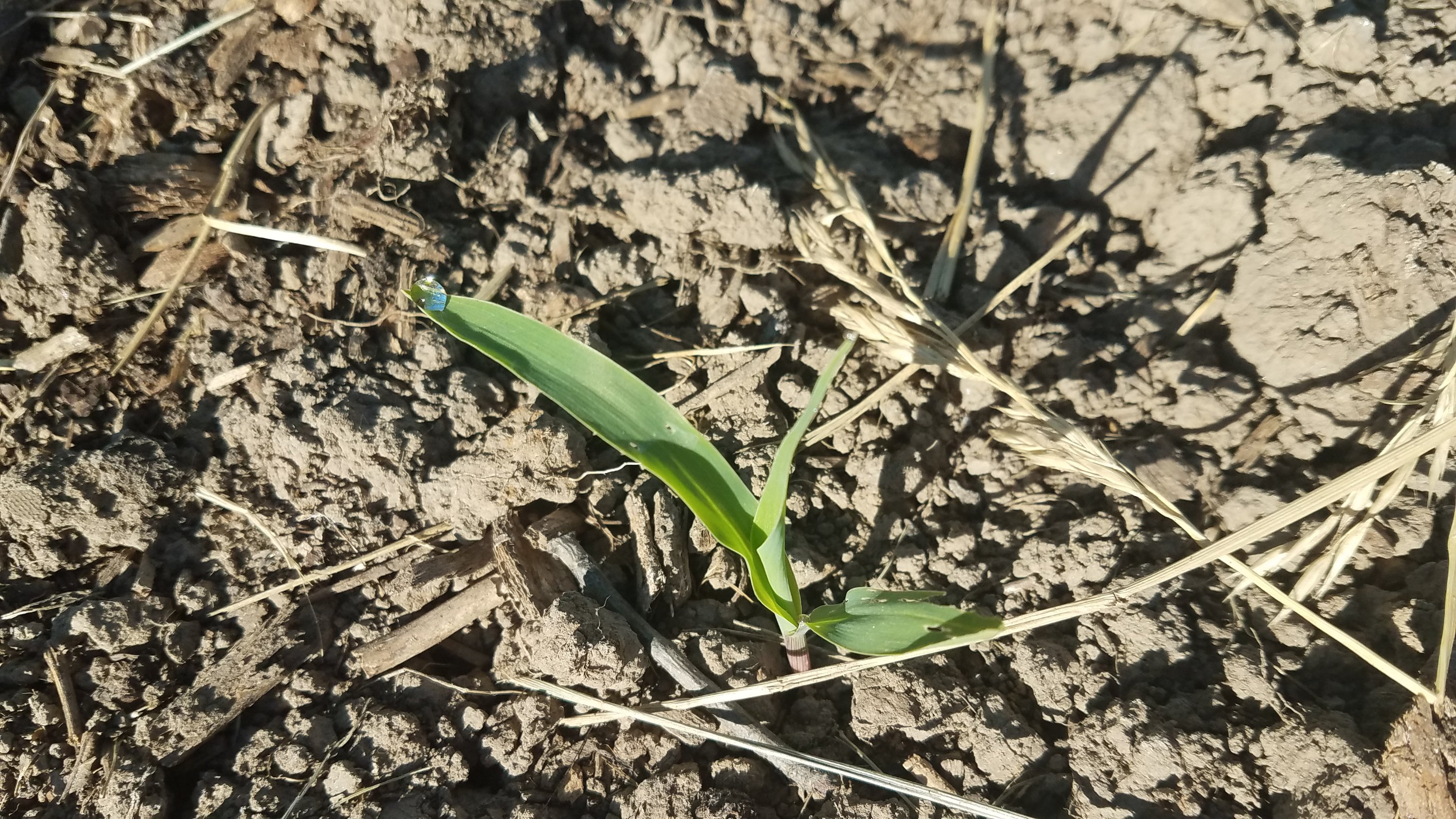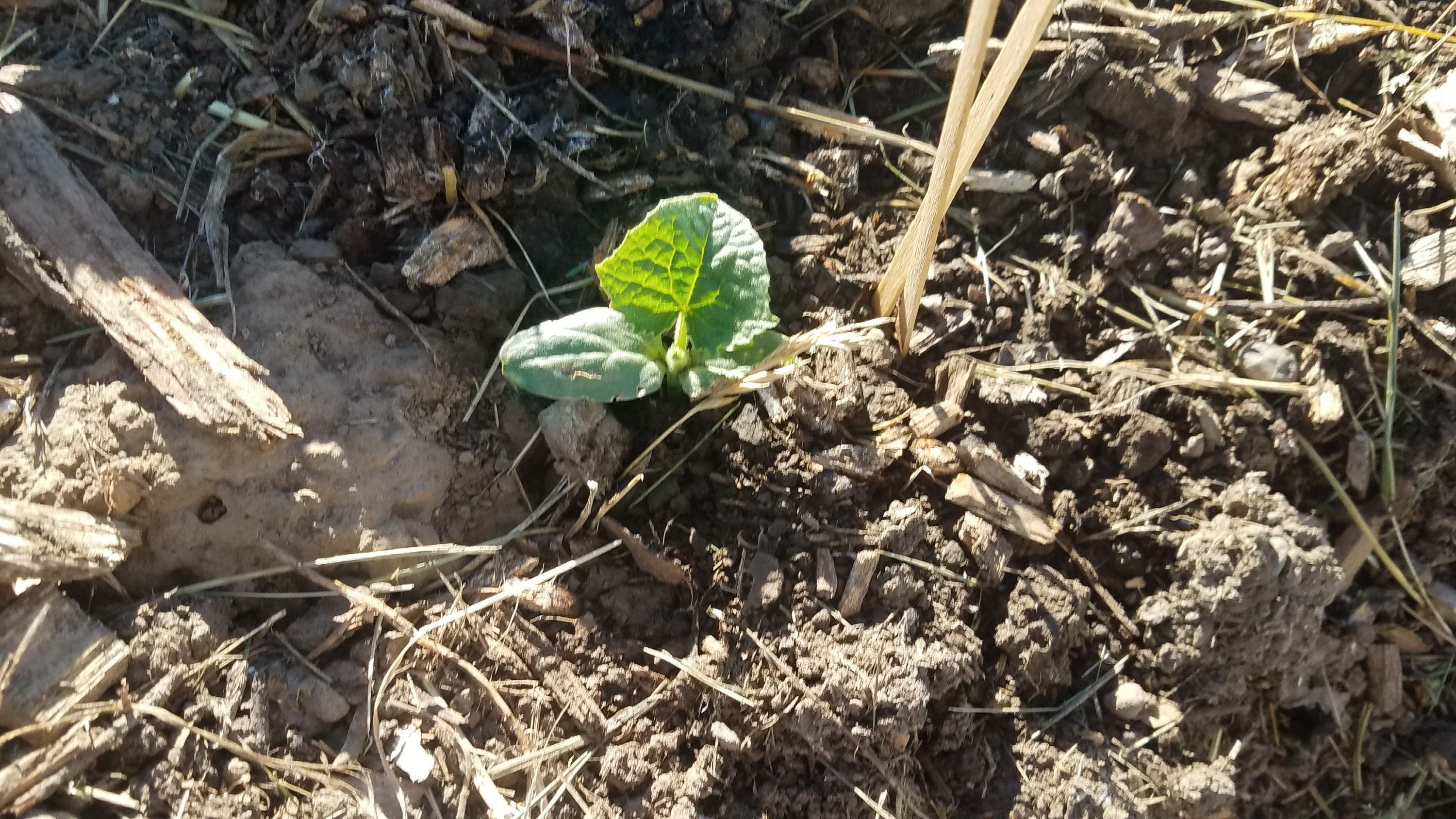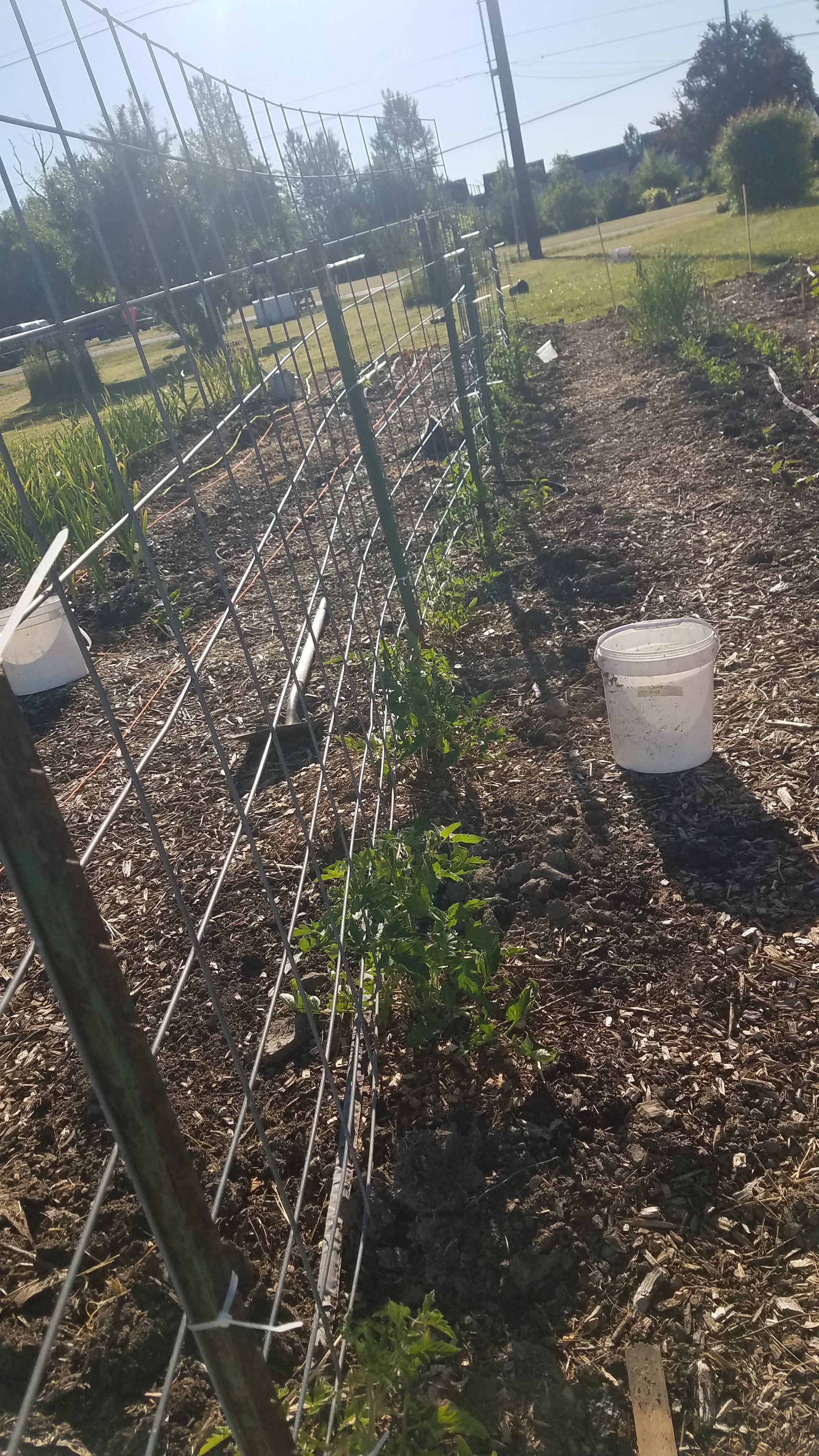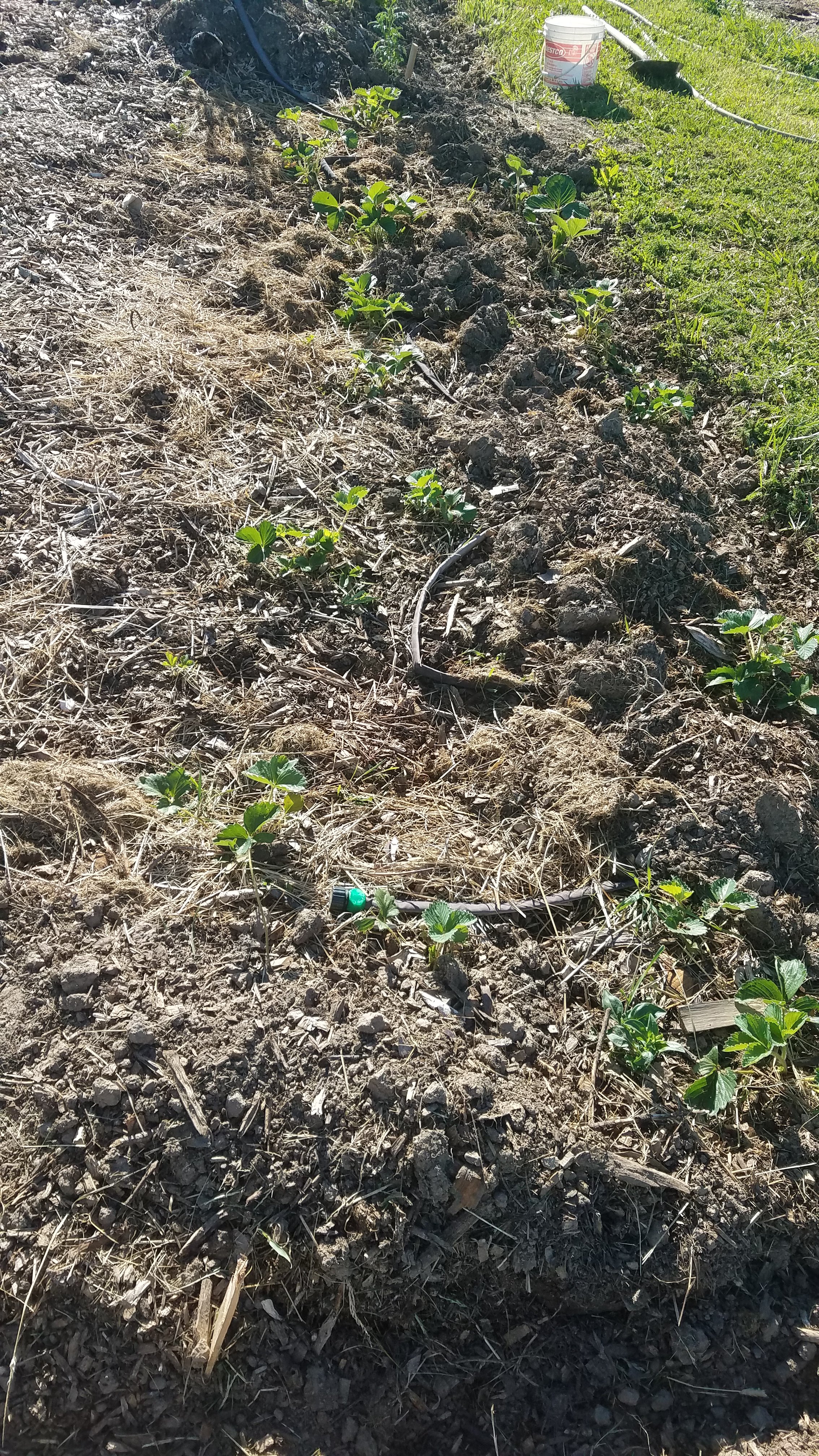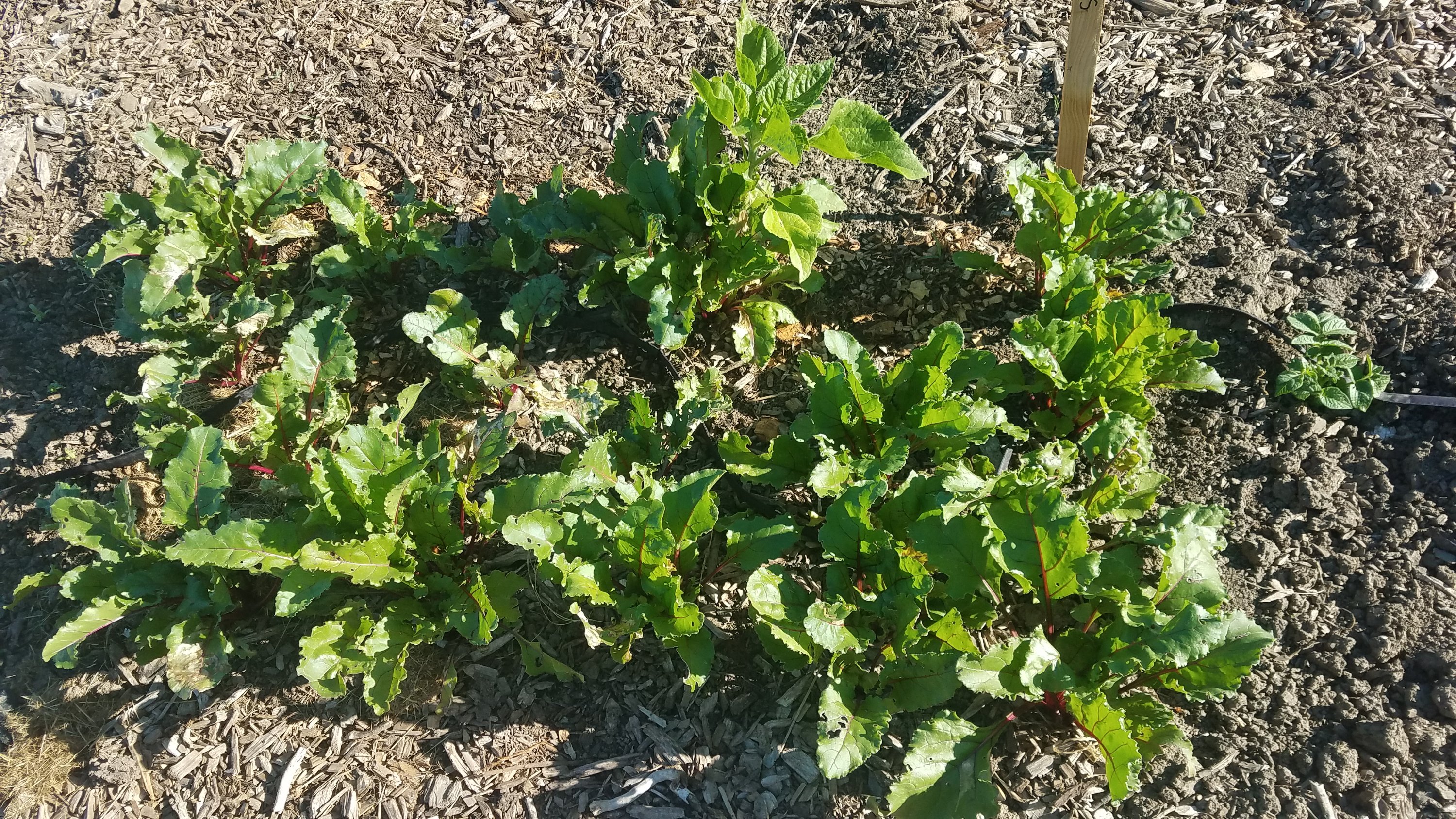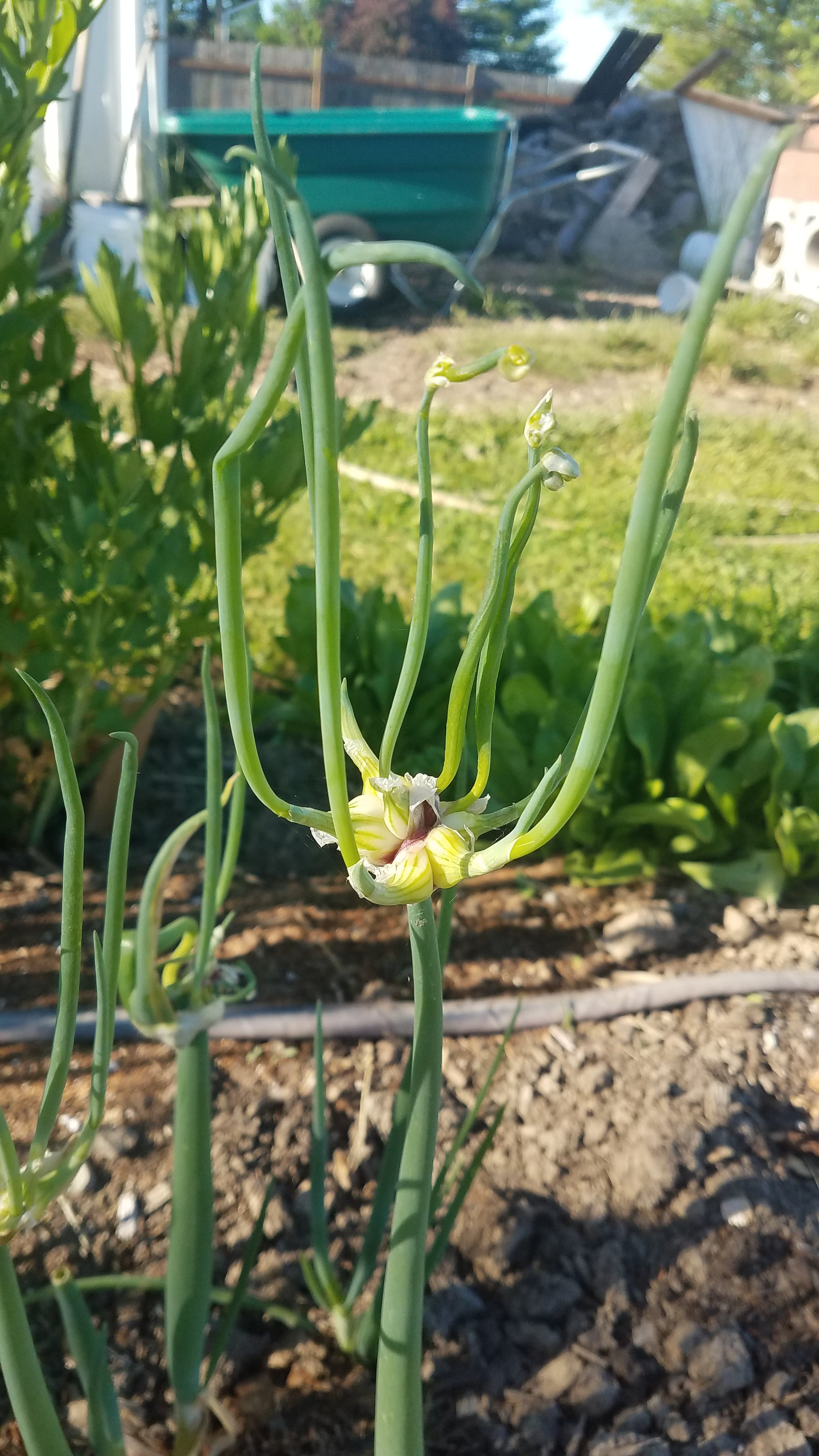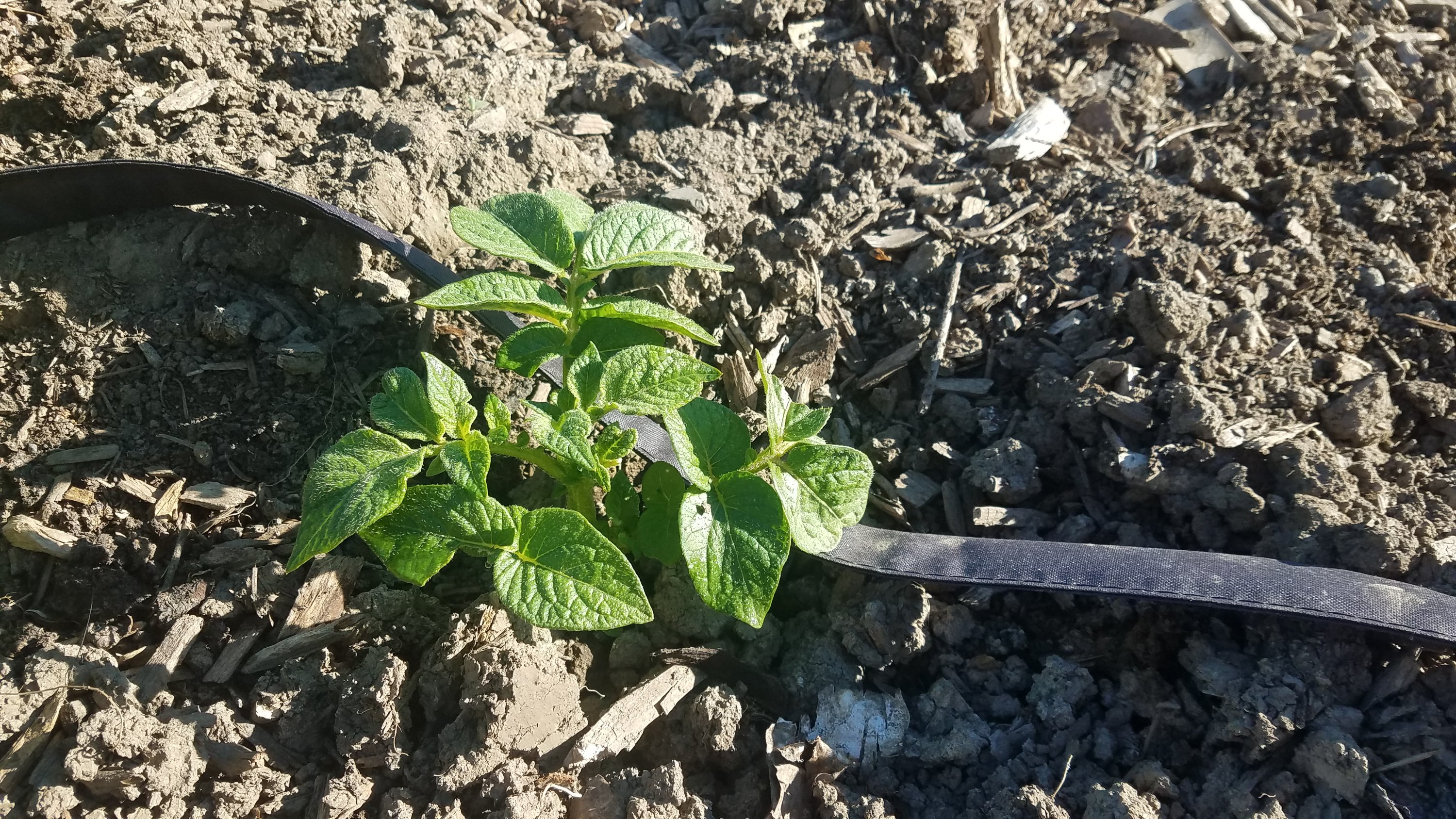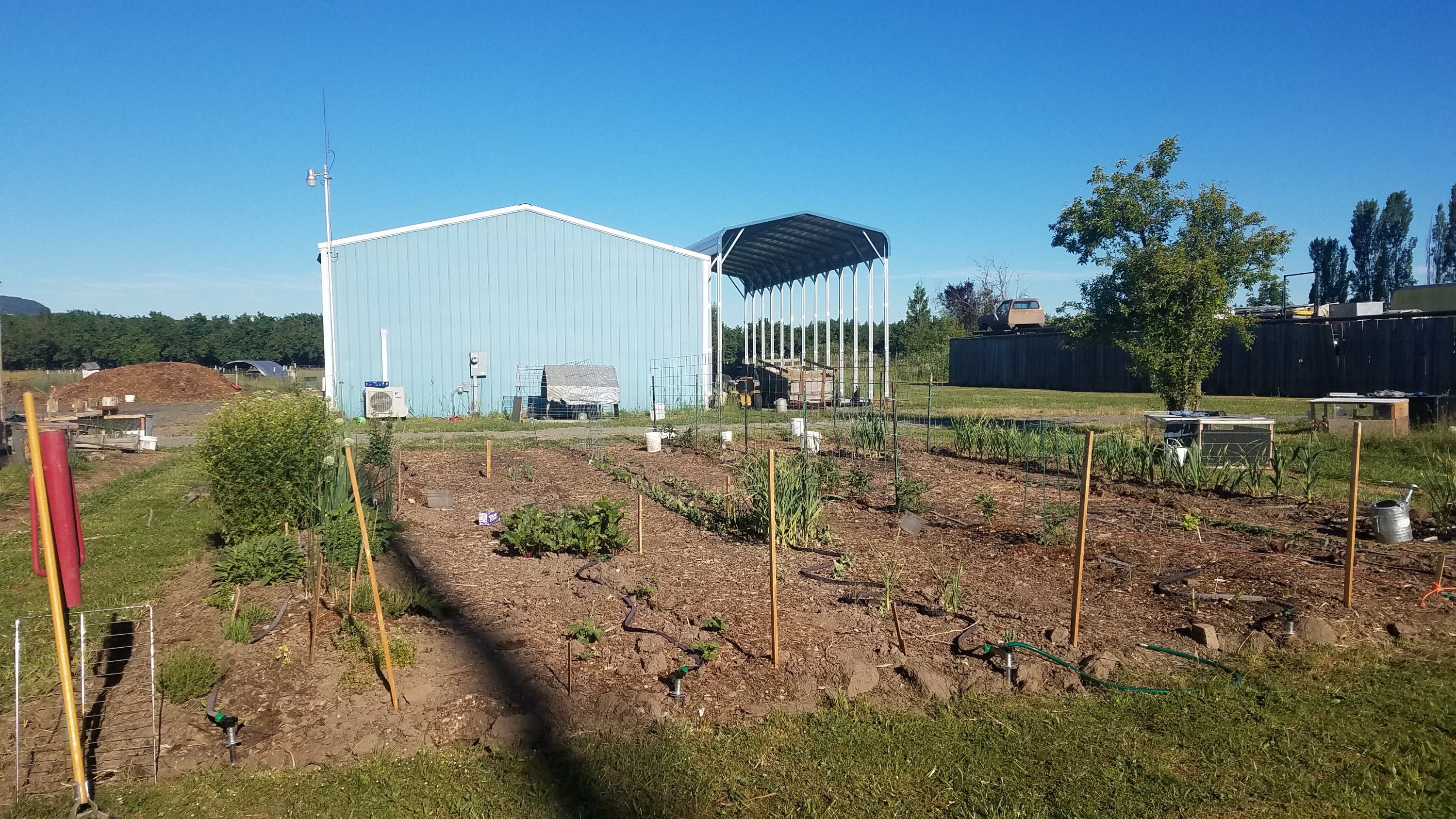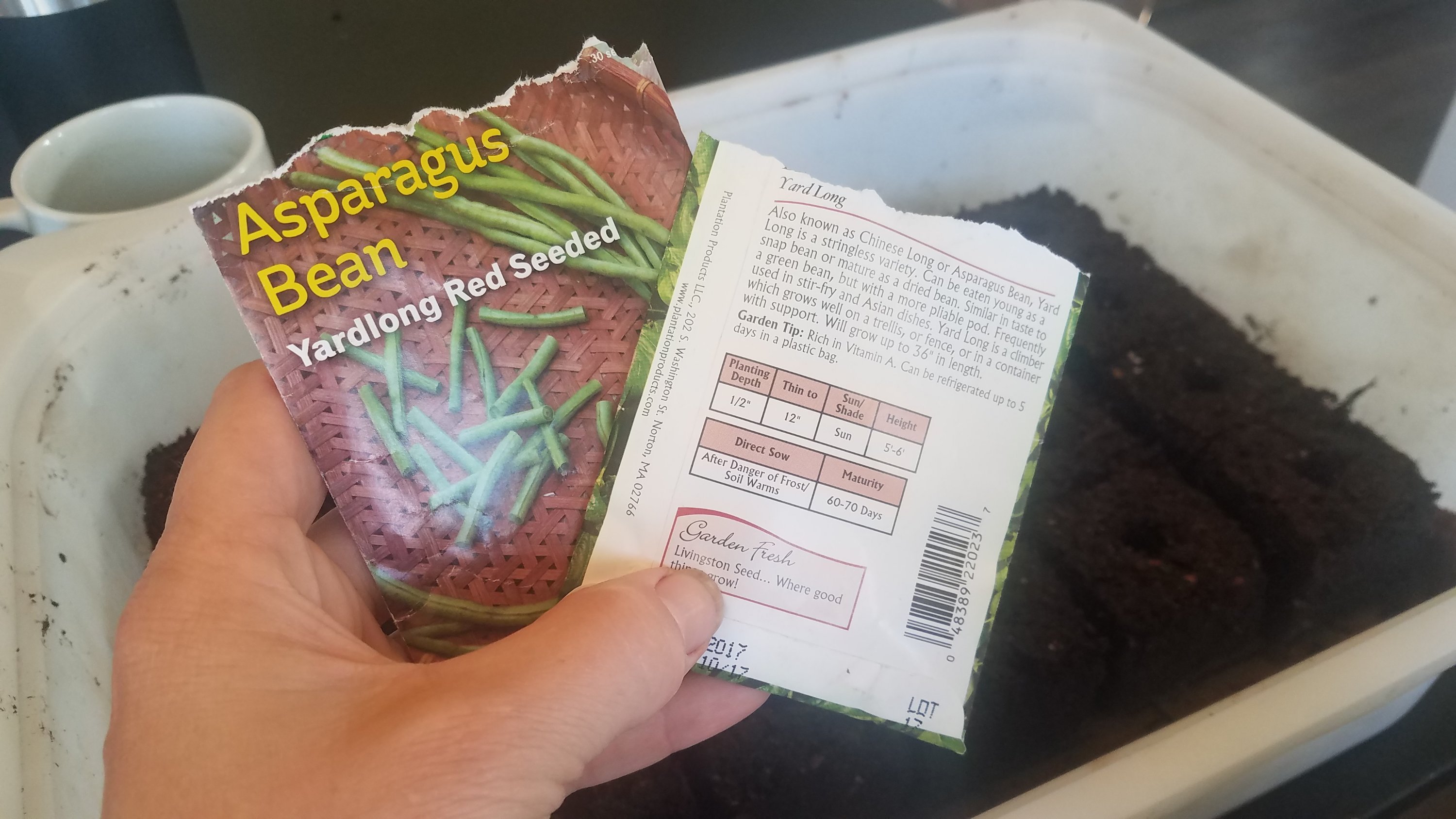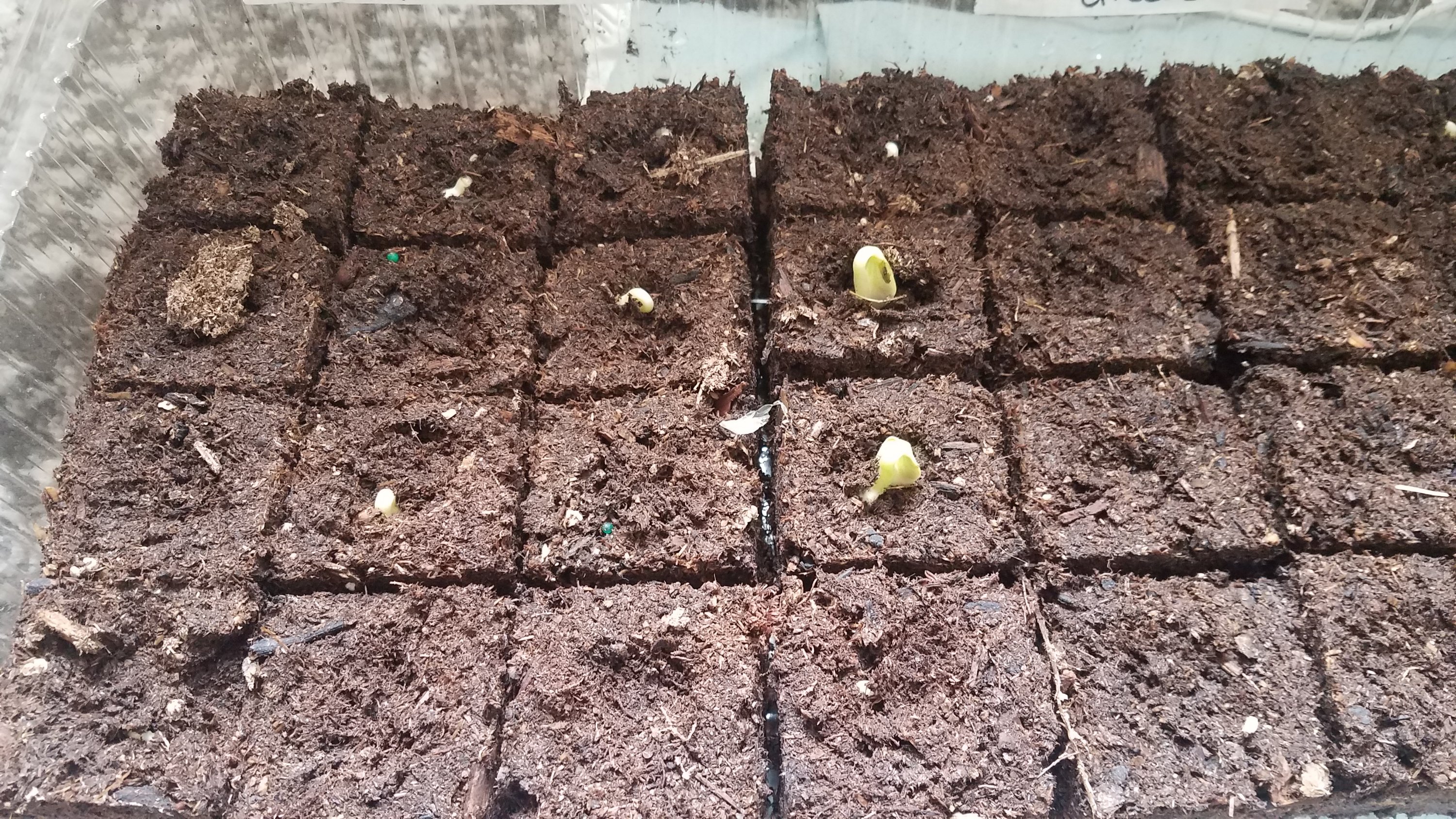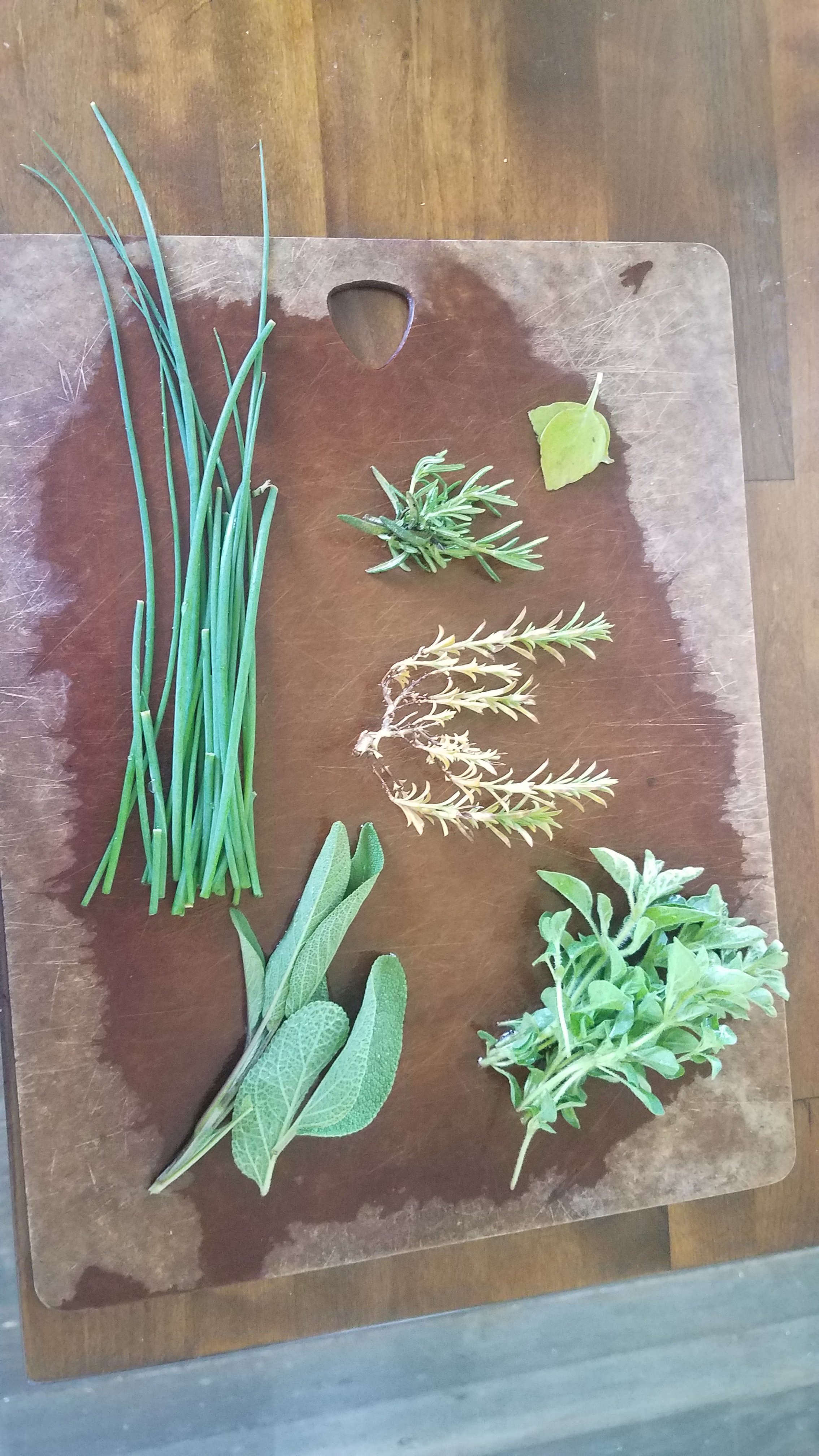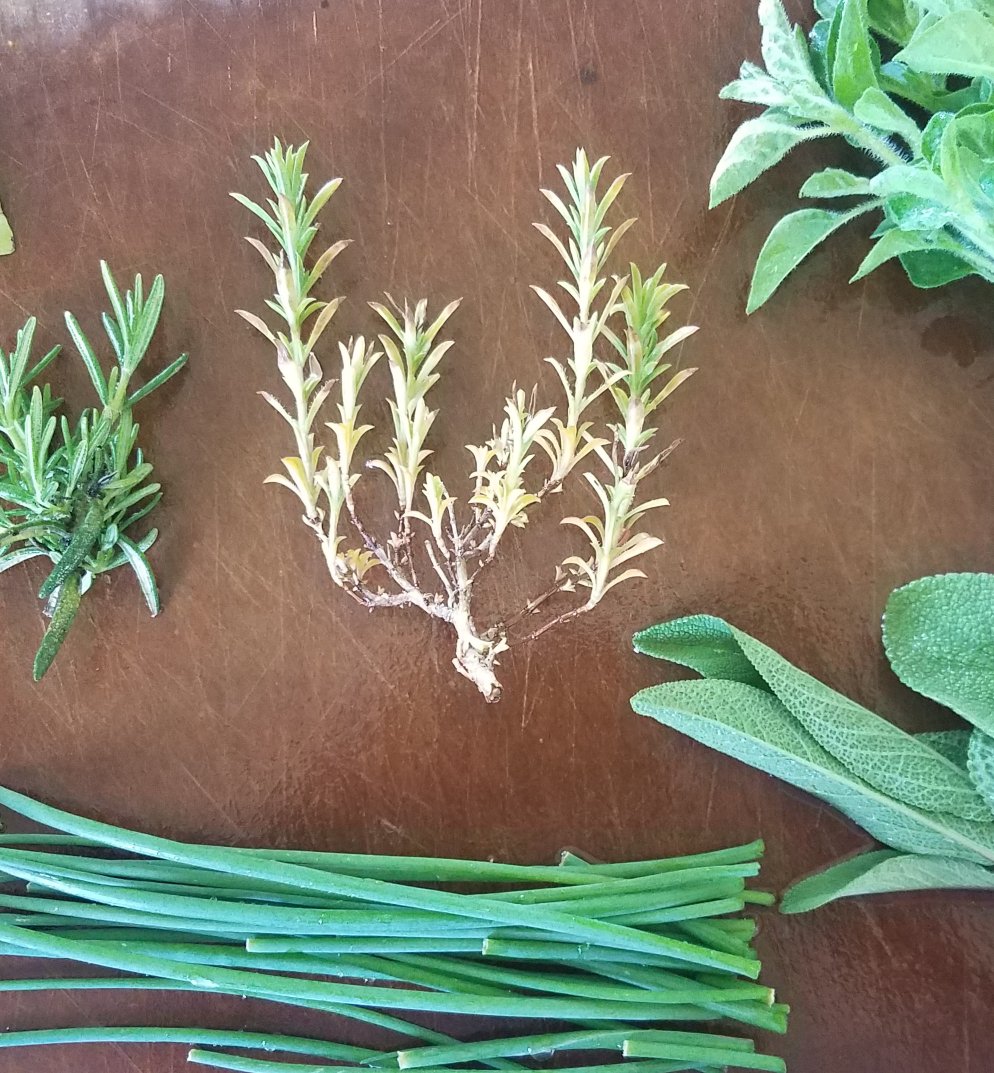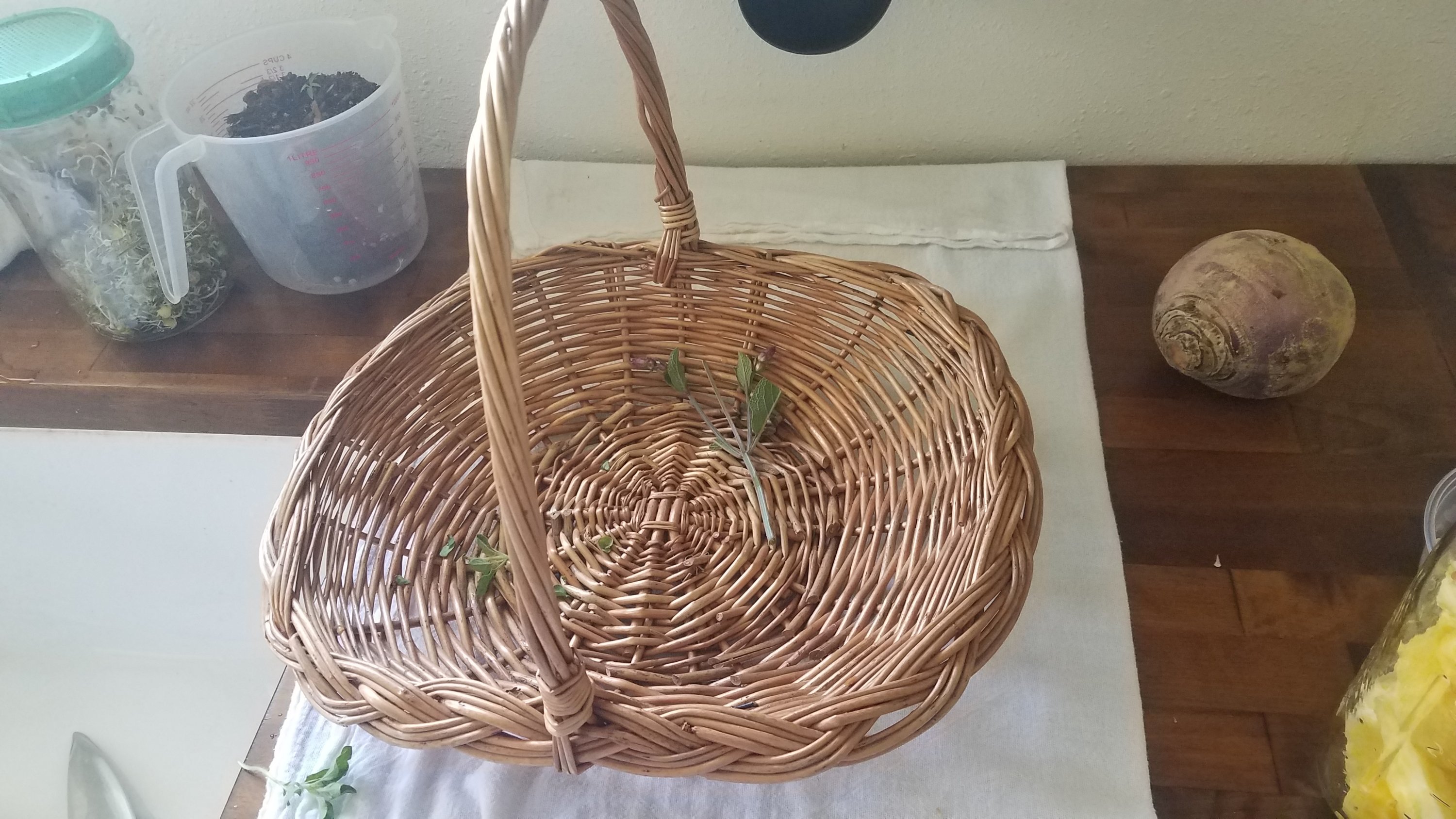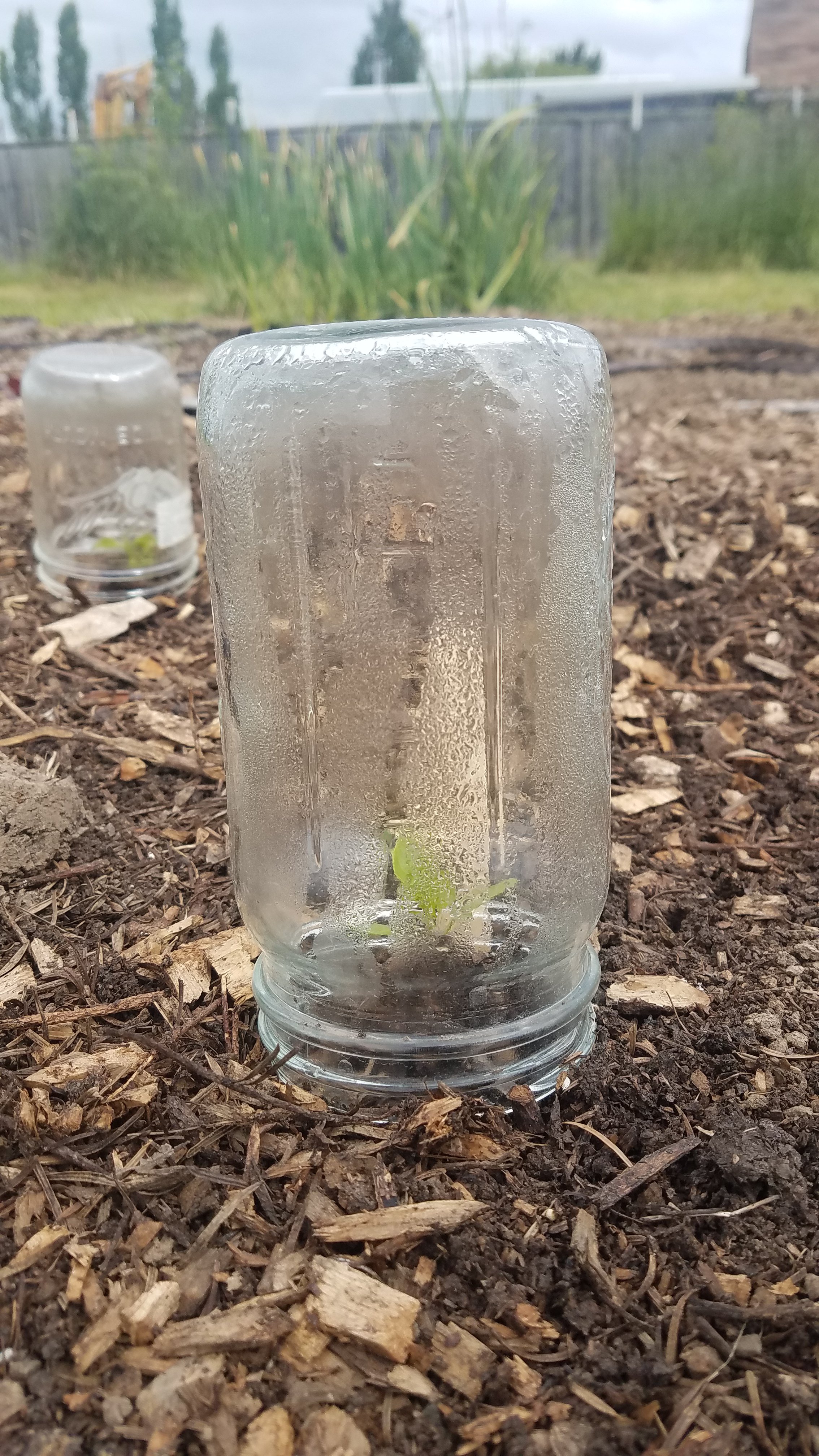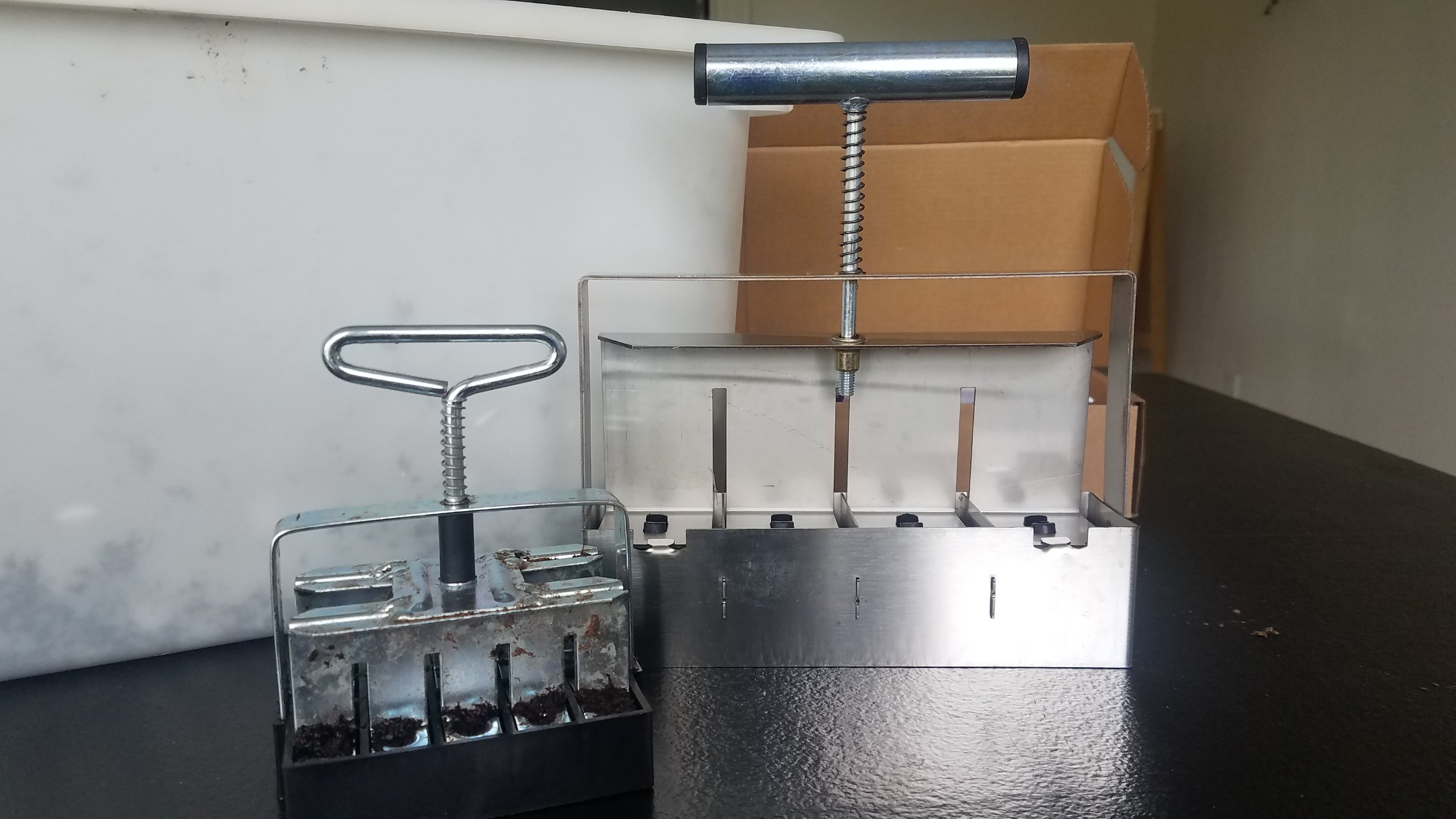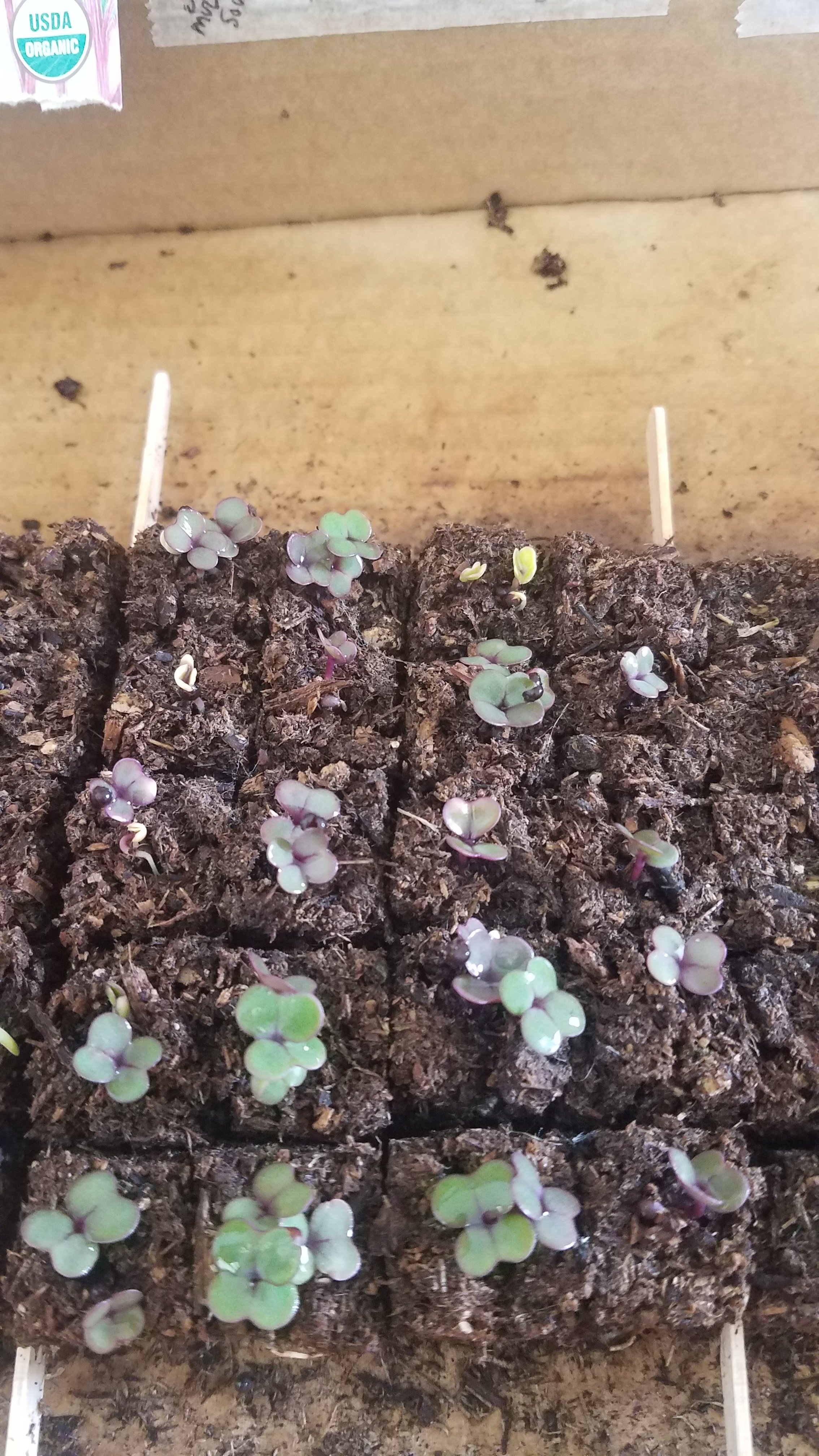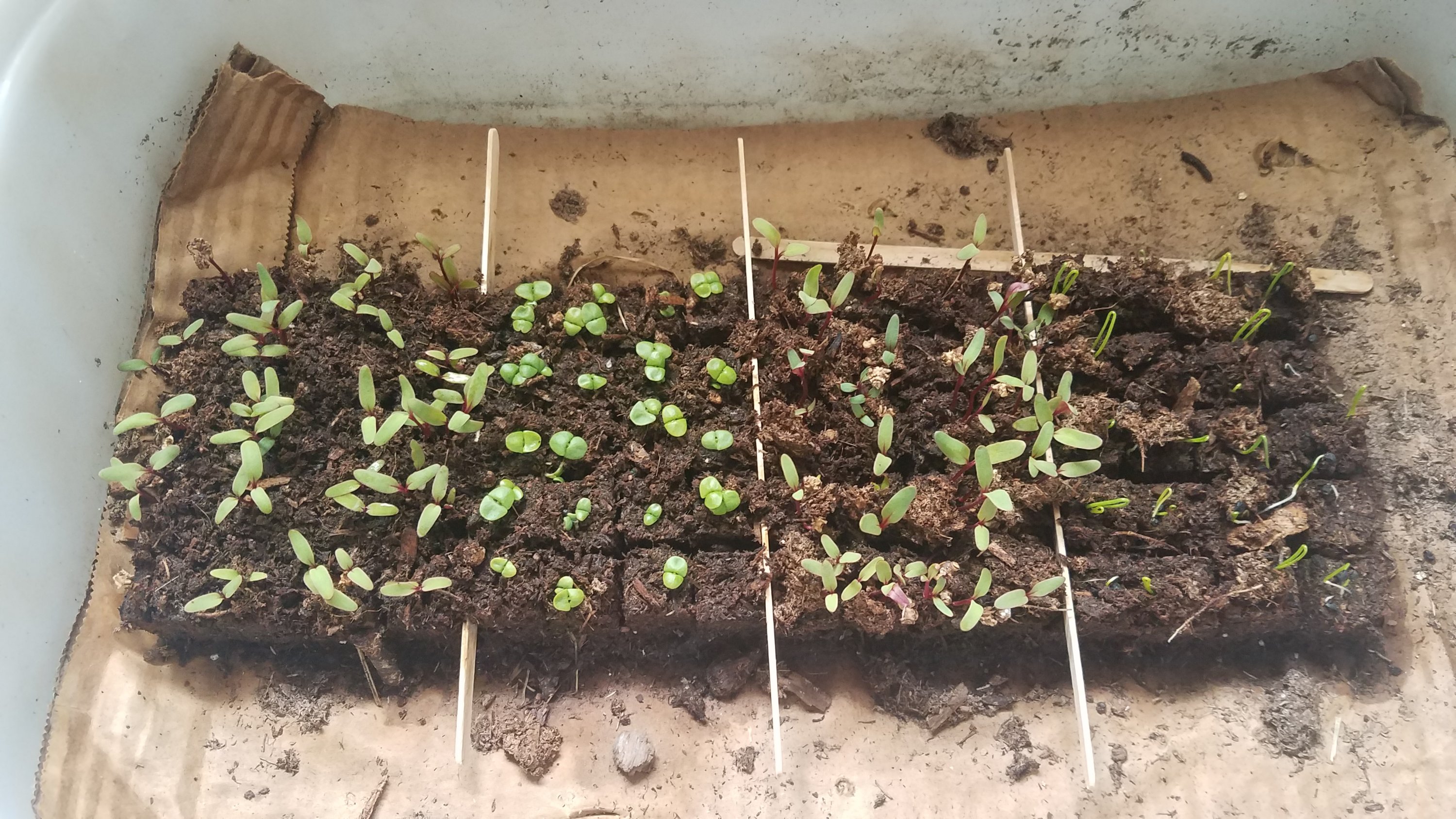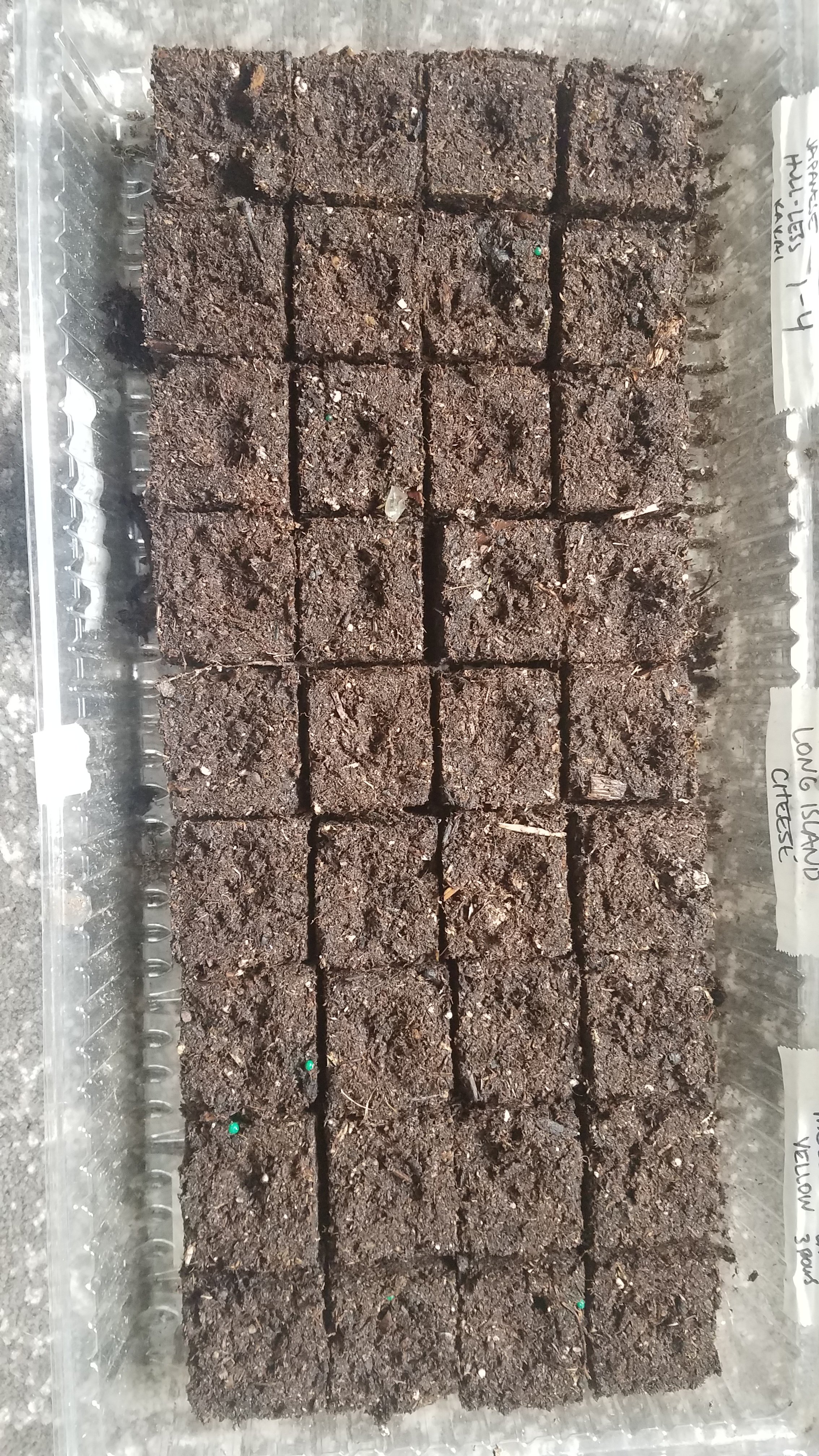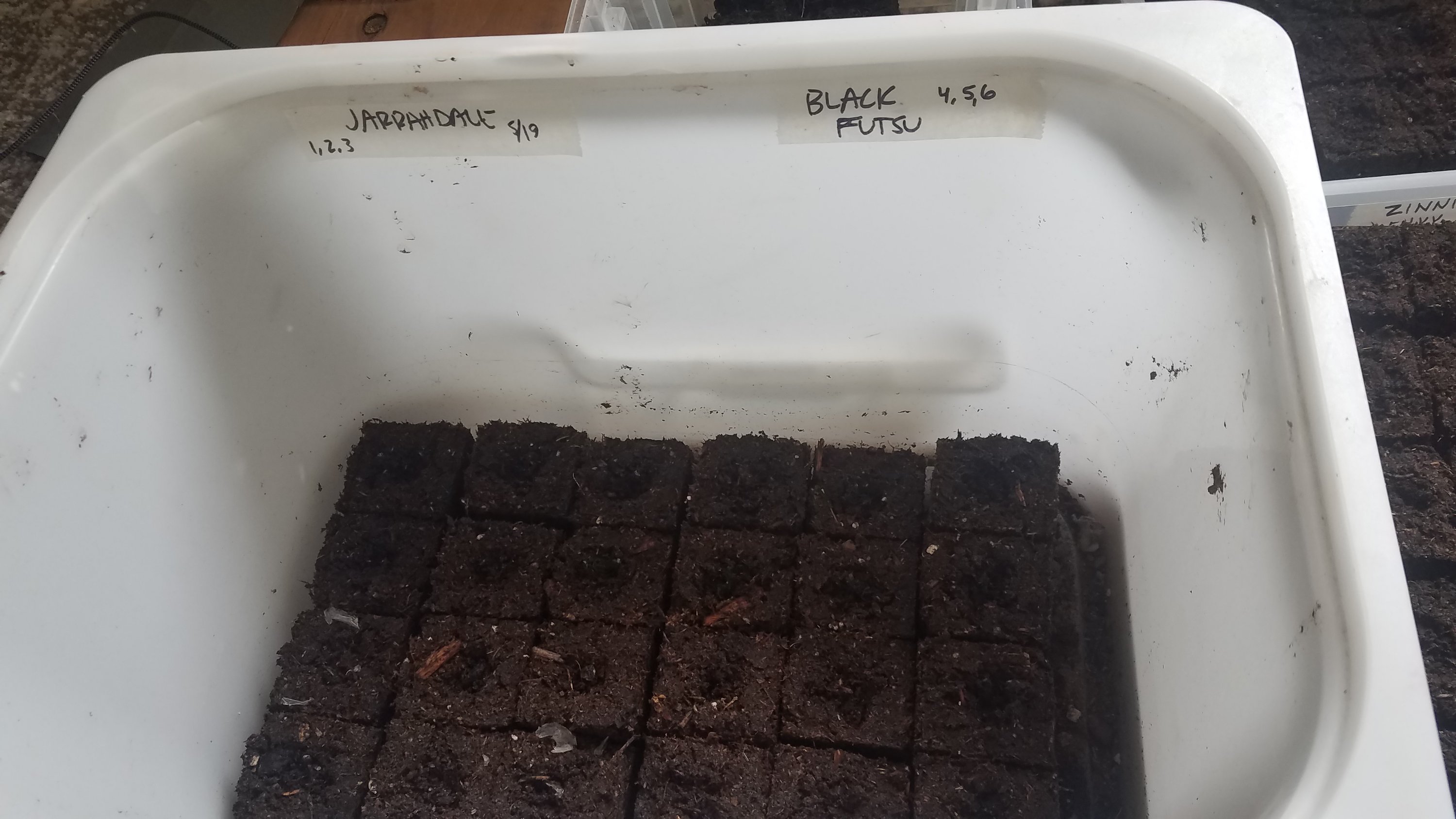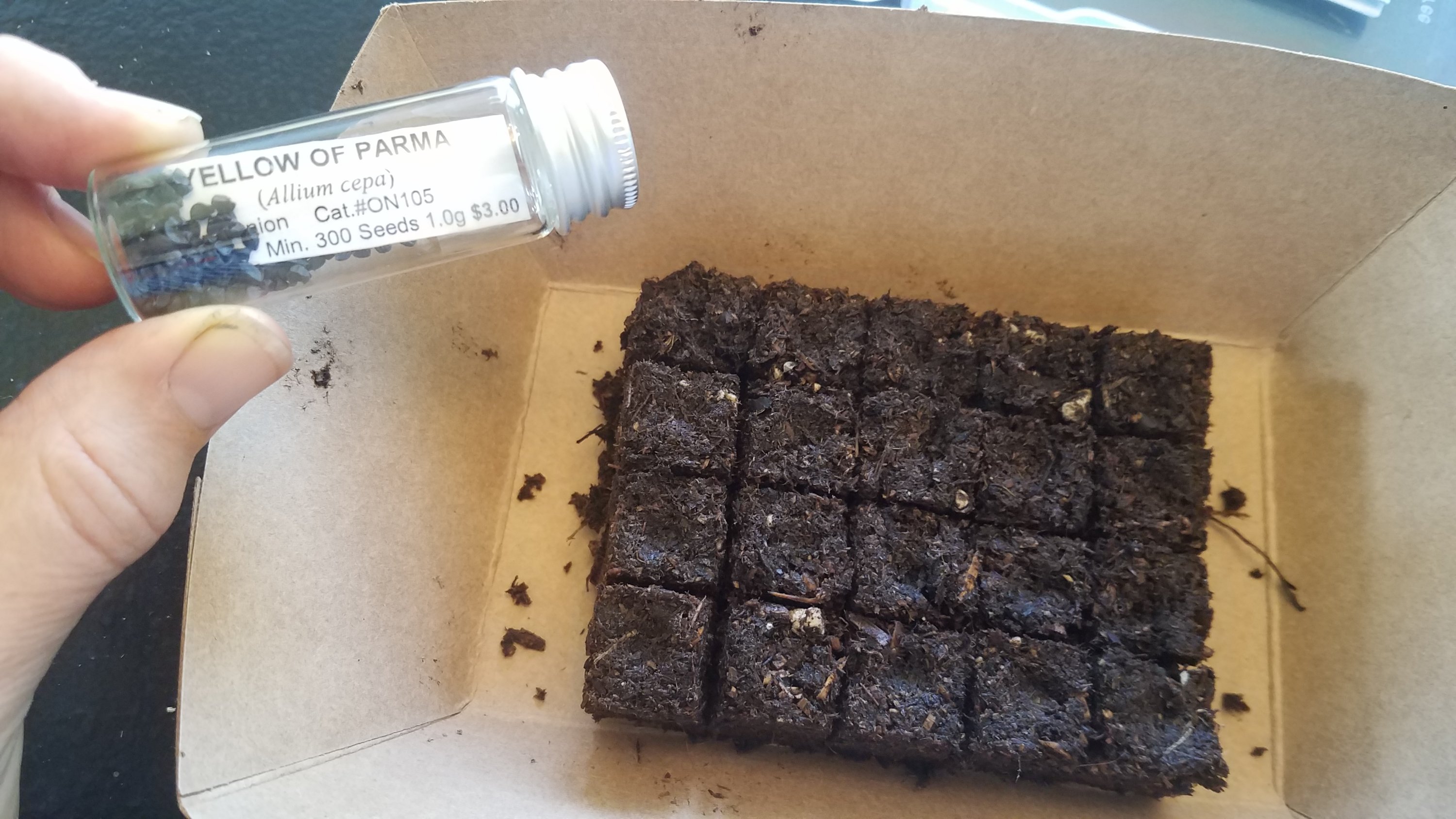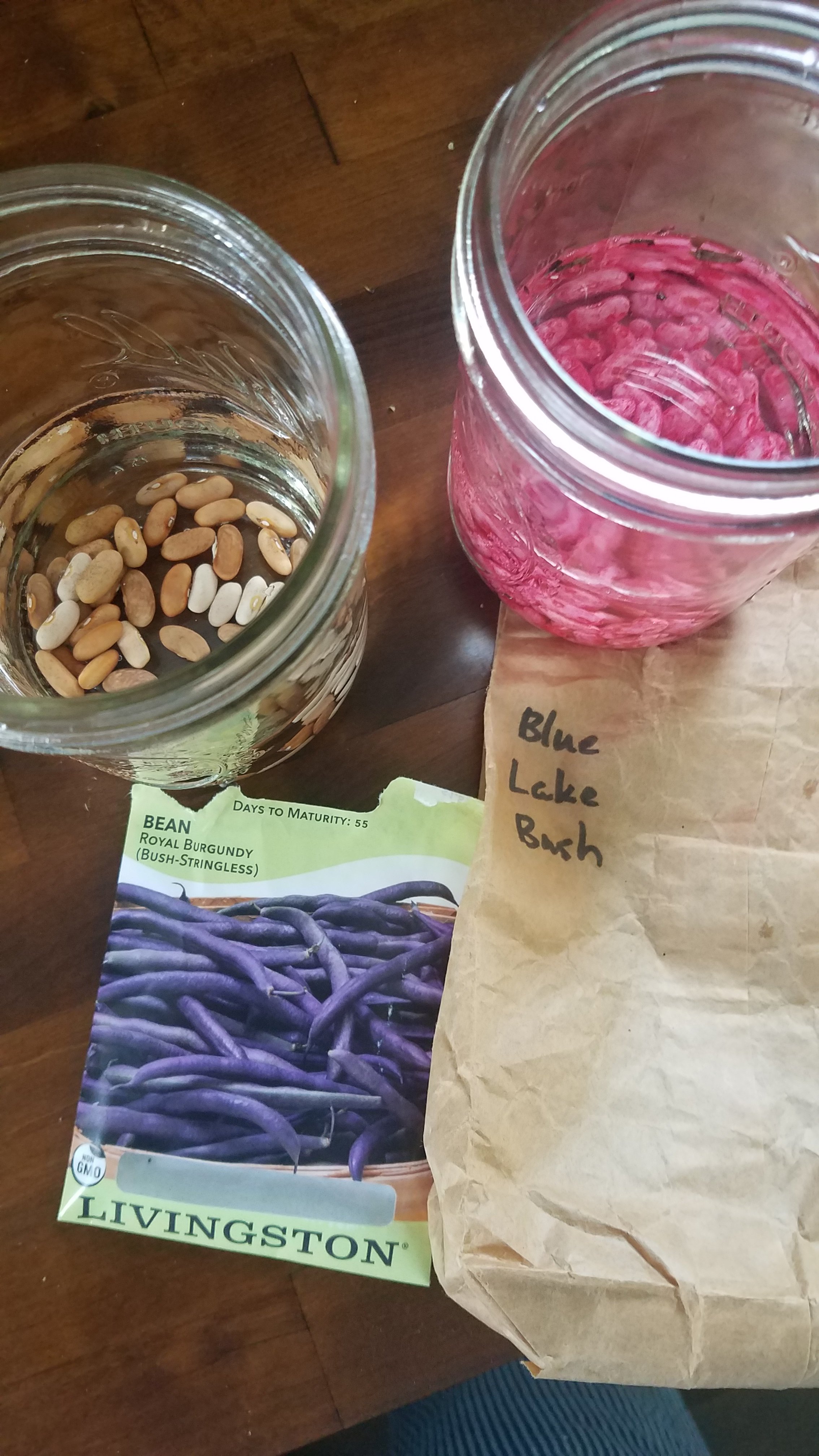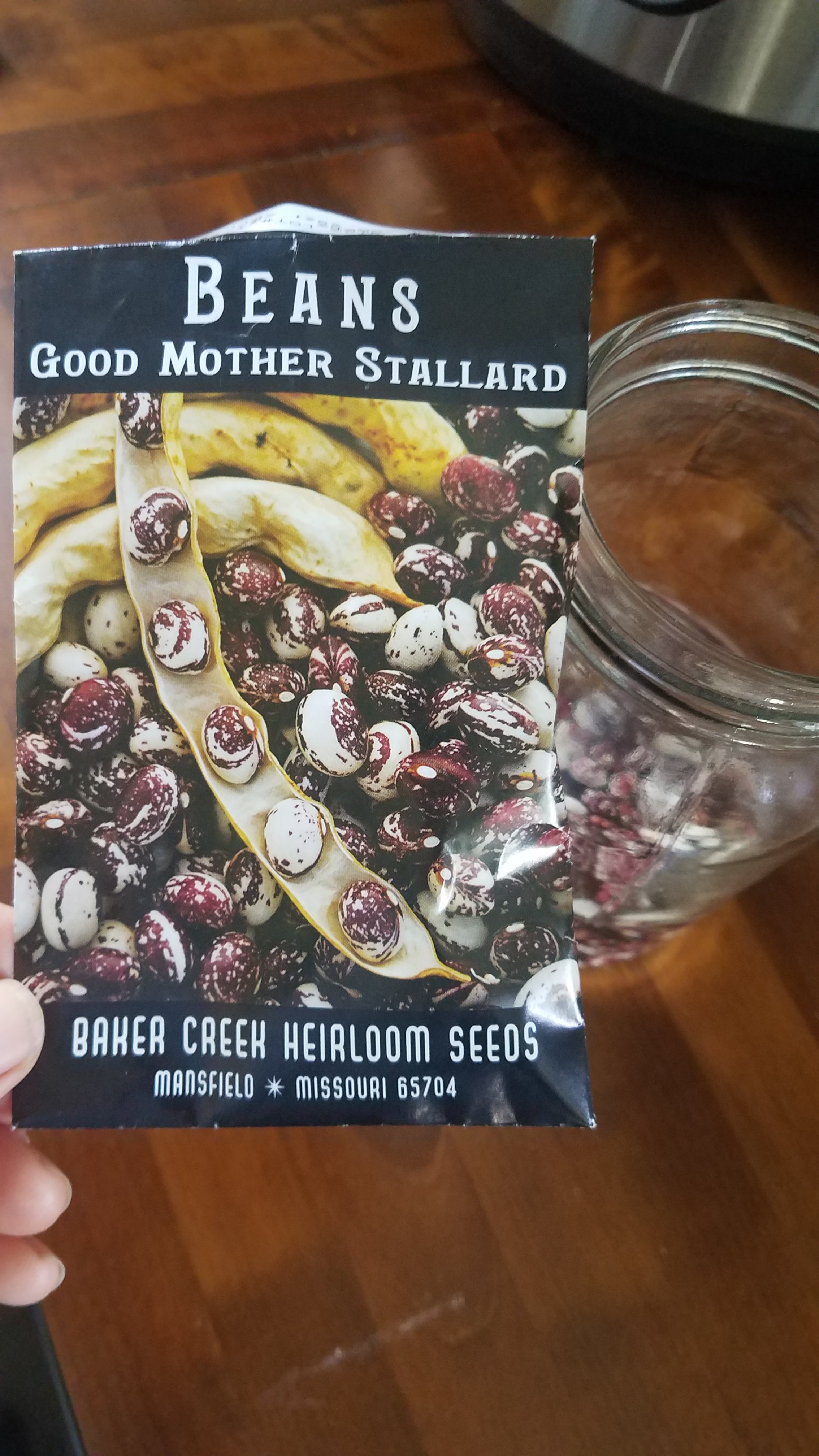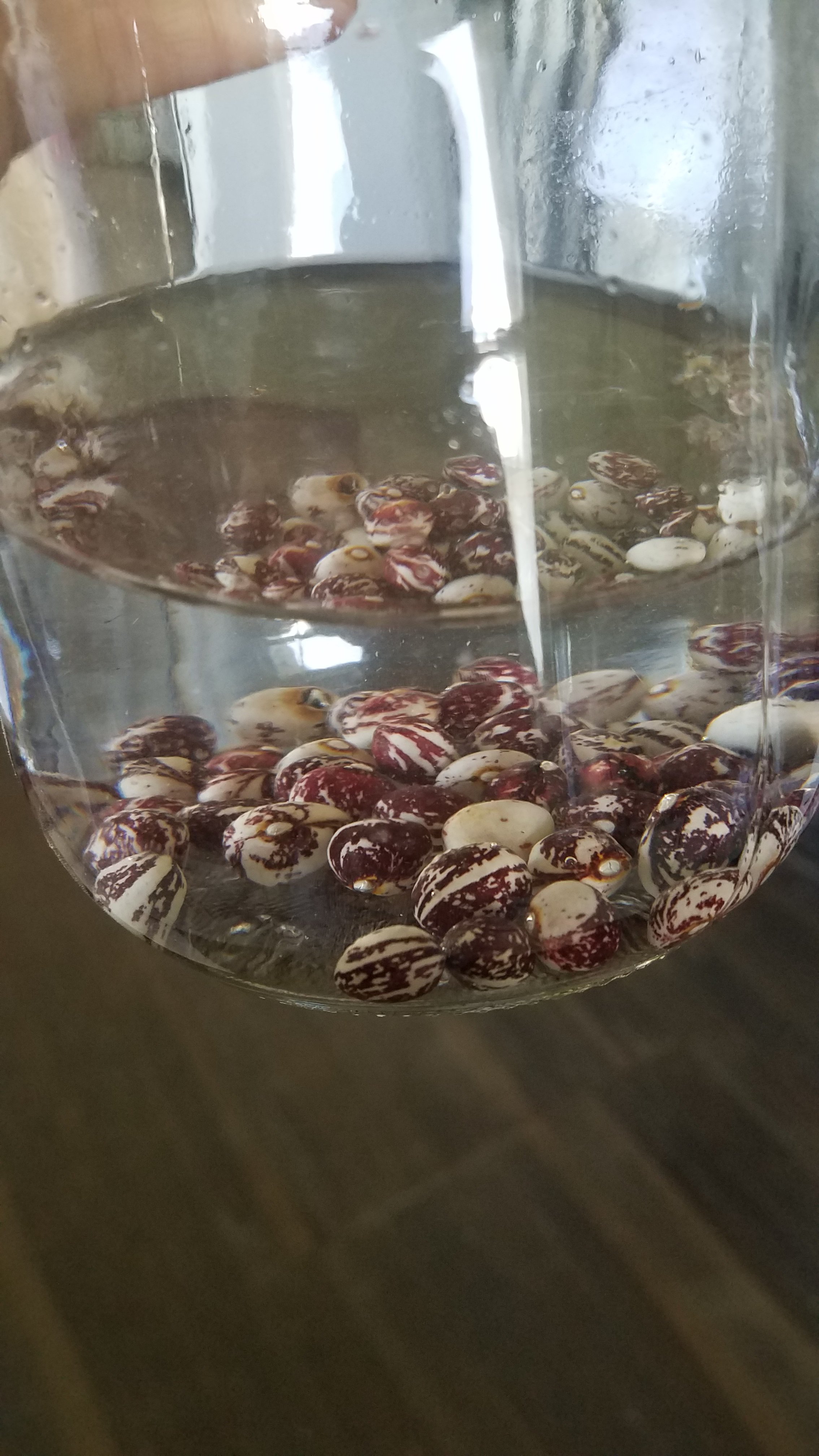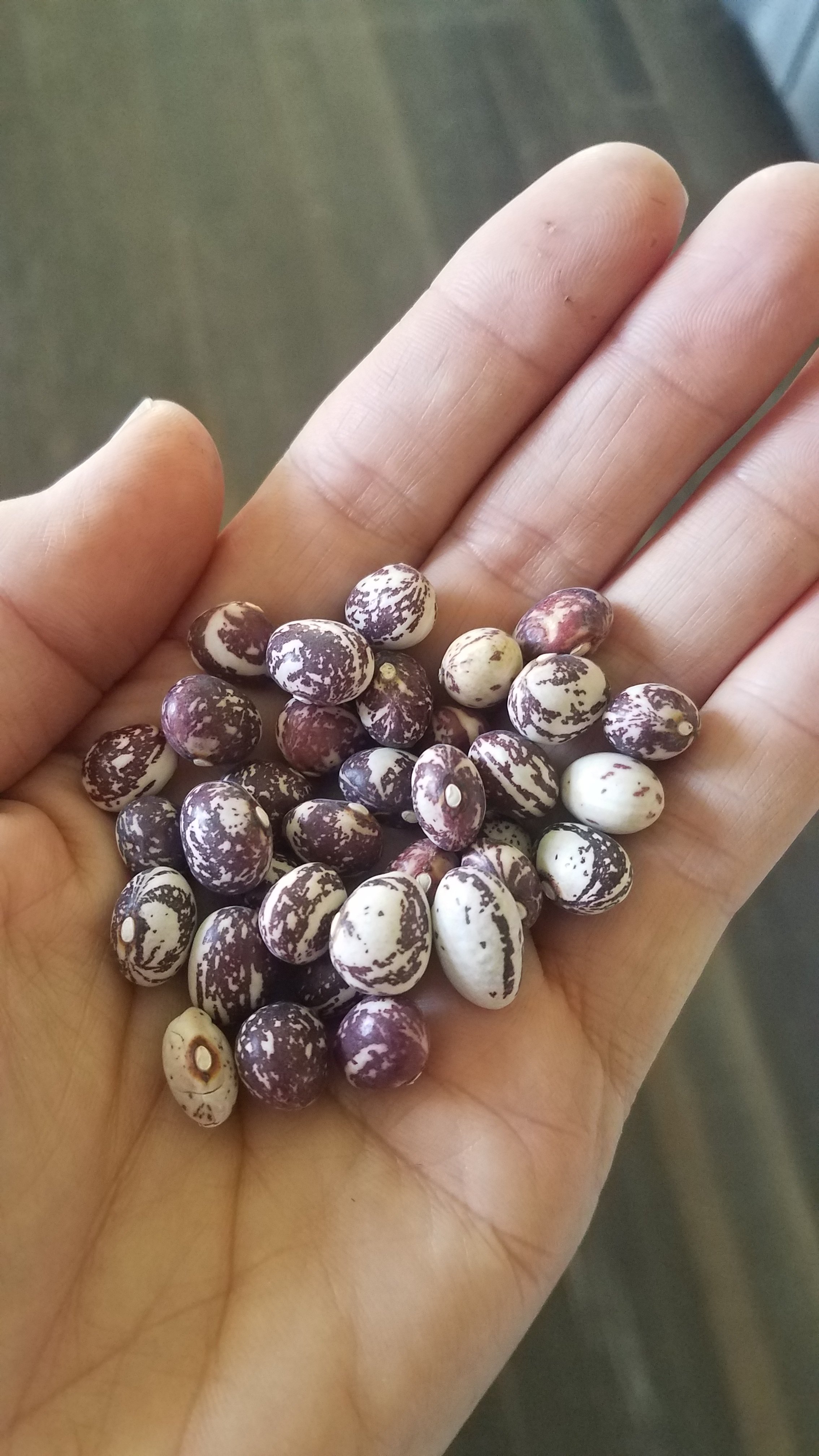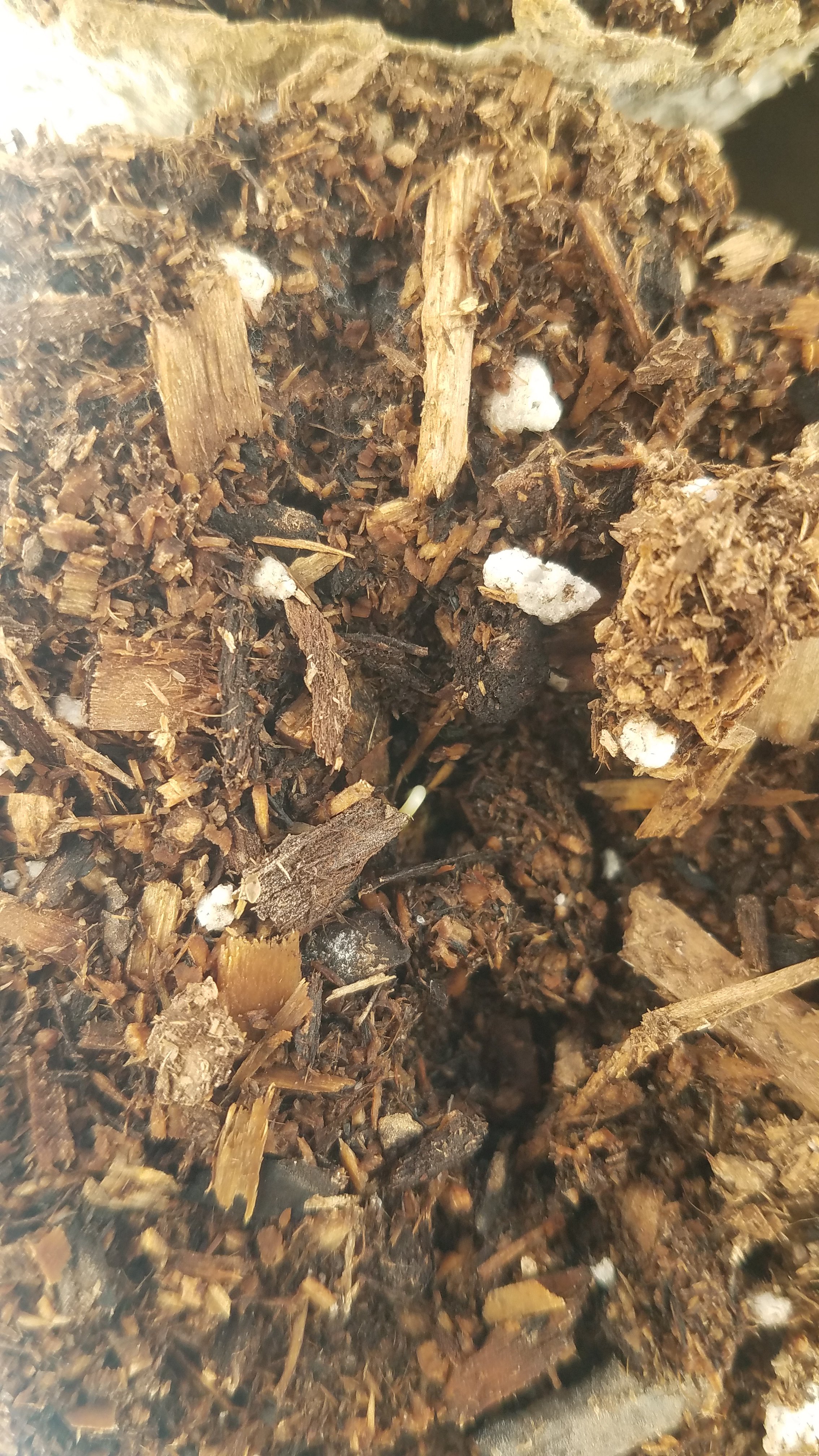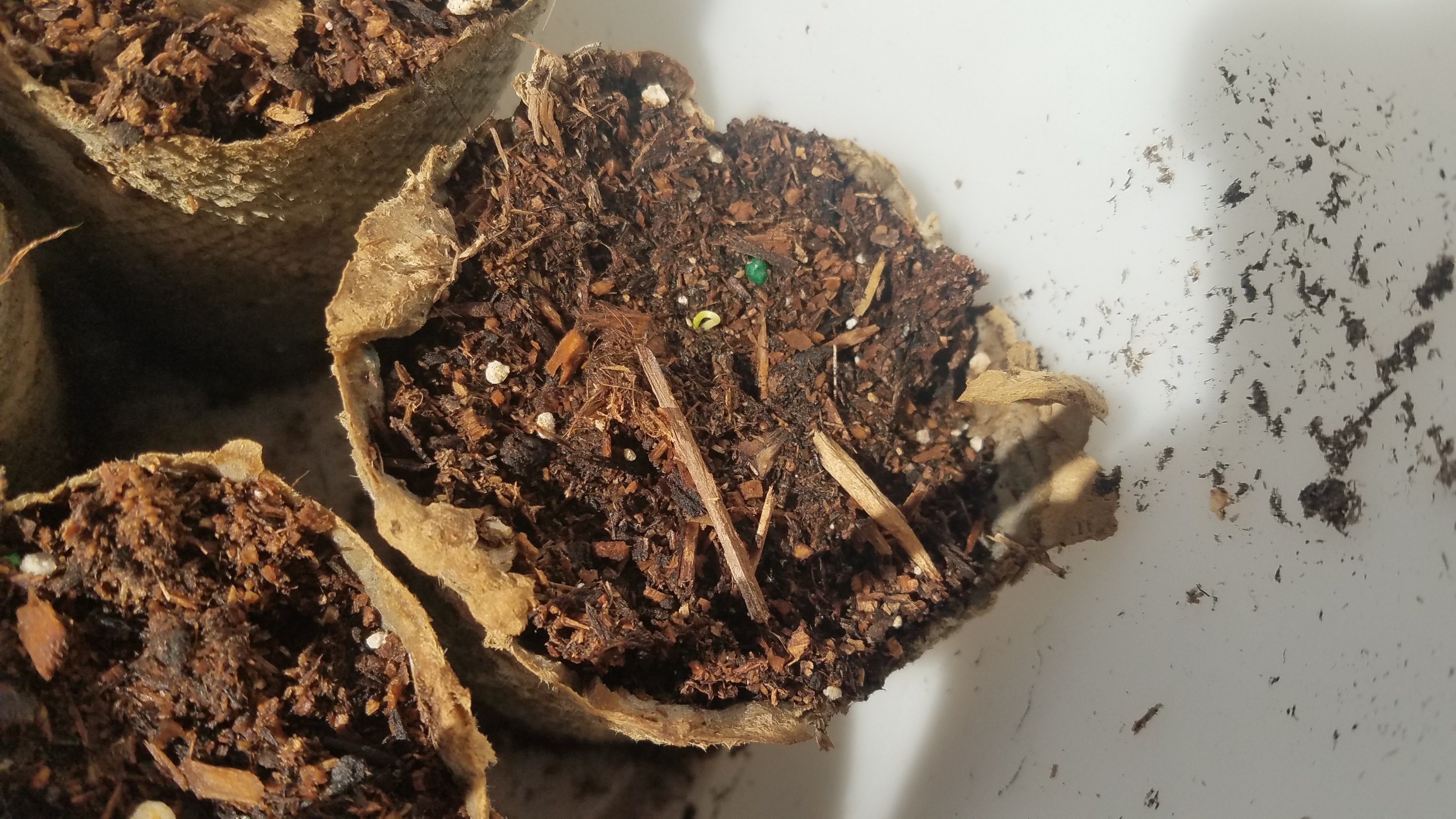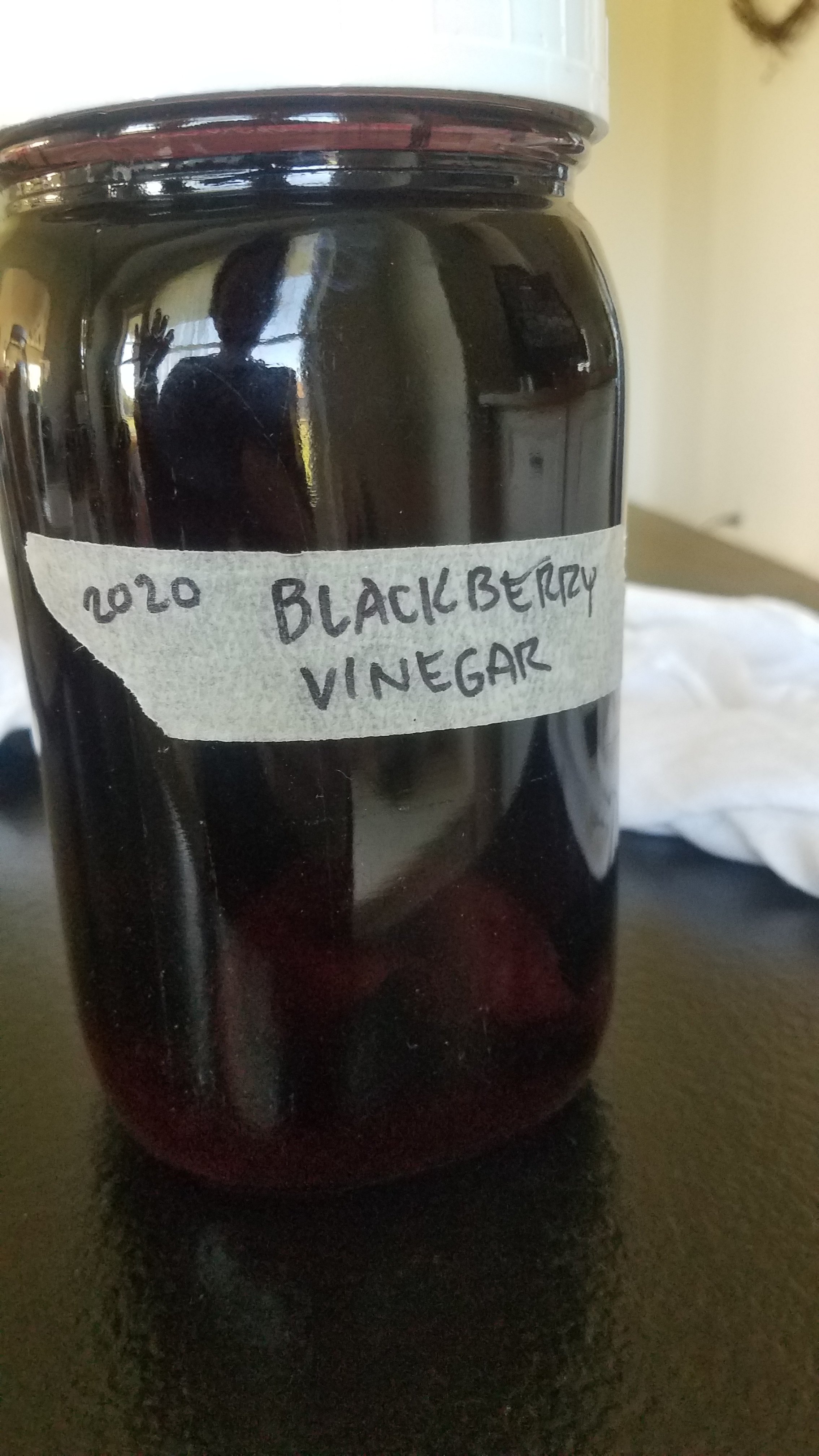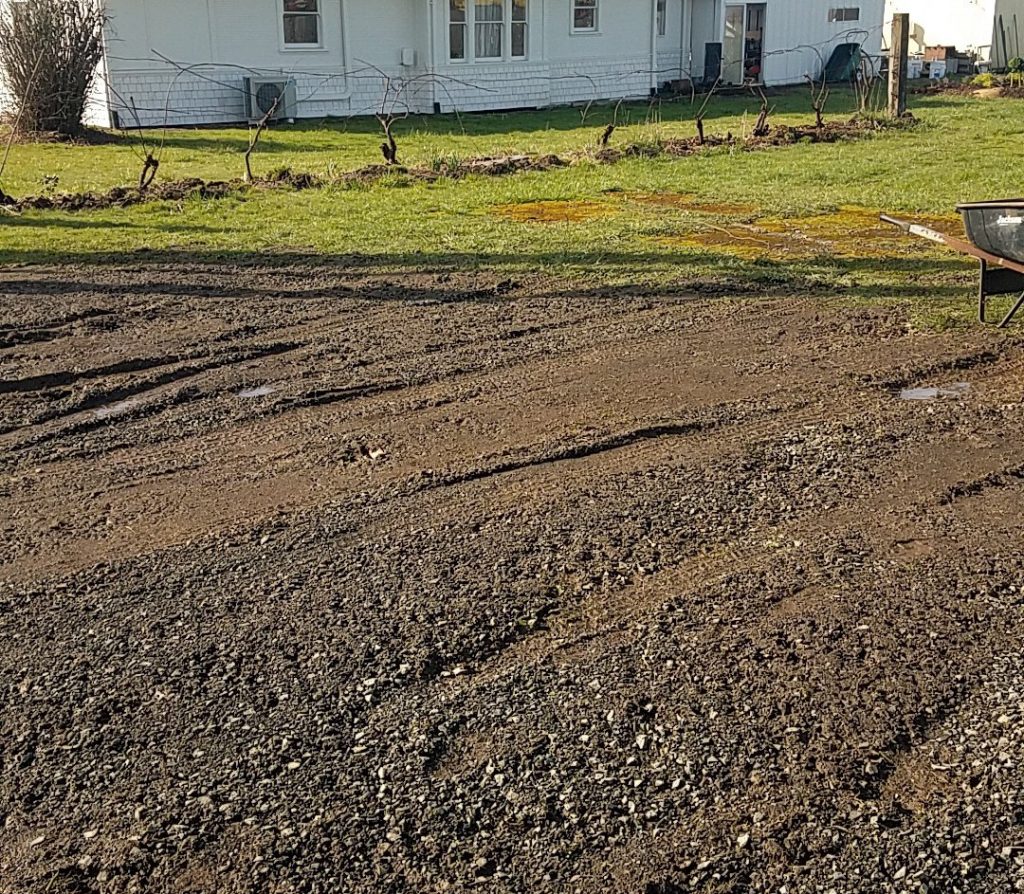Garden 2022
GARLIC: Plant 200 cloves of hardneck garlic along south side of grape vines at the end of September 2021. The grapes don’t start fully leafing out in the spring until the garlic is almost done. Plant garlic on west ends of garden rows. Stop watering when it starts to get dried leaves. We’re using garlic as a pest deterrent. It seems to have worked this year (2021) We’ll harvest at the end of June when the bottom three leaves have turned brown and the bulb is nice and formed.
SQUASH: Plant squash in the area around the beehive, where it can sprawl and take over.
Start all plants in 2×2 soil blocks. Put together a more nutrient dense soil block mix. Ingredients are in the shed.
KALE + CHARD: Plant kale and chard as early in the spring as the weather will allow, before the overwintered ones languish and go to seed. Try saving seed from kale this year.
CARROTS: Keep trying with the carrots. You’ll find your system. The board worked, but I’ve also seen people have success with burlap, watering twice a day. I want to try this idea.
TOMATOES: 3-4 Juliet Tomato plants in the garden, and 4 Sungold Cherry Tomatoes on the east side of the house. I love that smaller tomatoes come on sooner. I want to use the Juliets to make a year’s supply of sun dried tomatoes, as well as pizza sauce and salsa. More varieties for paste. Maybe some slicing? Definitely more than 11 plants. We need more tomatoes.
CUCUMBERS: The Boston Pickling seemed to do well in 2021. Don’t over crowd them in 2022. Let them have more room. Also, say nice things to them. They got bitter as the season progressed, so rethink this plan, mebs.
MELONS: Don’t grow large melons. Grow some that are specific to Oregon and our climate. Maybe some small melons. Watermelons take too long.
ANNUAL HERBS: Plant ALL annual herbs on the south side of the house. This will include dill, basil, chervil, cilantro (spring/fall), Keep annual herbs out of the perennial herb garden.
FLOWERS: Move all flowers to farm stand and front yard. Have a mix of annual and perennial flowers. 2022 mix will include Merrie’s California poppy seeds, the poppy seeds from the Fossil schoolhouse, the Calendula seeds from Champoeg Kitchen Garden, some sunflower from bird seed, some Rose Campion from the Newberg Library, some saved zinnia seed, and whatever else I can forage over they next few months. I want the front of our front yard to be so full of flowers that it’s ethereal.
PEPPERS: We might not need to grow hot peppers in 2022. But it might be fun to grow the Jimmy Nardello peppers along with maybe another variety. We could split them up and put the other variety with the tomatoes on the east side of the house. It might be super fun to grow a mild version of jalapenos, like the Pablano/Ancho peppers we’re growing this year on the south side of the house. Grow long skinny sweet peppers. At least 30 plants. Plant them closer together. Start 8 weeks before planting outdoors.
Use floating row covers for spring plantings.
FERTILIZER: Keep doing the liquid plant-based fertilizer. It’s working!!!
Save seeds: as many as possible from the plants that aren’t cross polinated.
Grow overwintered crops
Control thistles by mowing. Also, thistles can be harvested and turned into liquid fertilizer because of their deep taproots. They are very nutrient dense.
Re-woodchip the garden perimeter and pathways.
Prepare for perennials in our landscape: artichokes, asparagus, maybe another fruit tree?
Keep the garden going year round.
Add chervil to herb garden
Make strawberries go vertical to avoid slugs. Or give them all away.
Pay attention to the currant bush. Maybe prune it in July 2022. Give it a little love. Also, make a plan for the ground cherries and the raspberries. They’re not thriving out by the pasture. Maybe that ground isn’t fertile enough yet.
Plant more tomatoes
Early cherry tomatoes
Plant- San marzanos, Juliet, sungold
Chinese long beans again? For pickling?
No drying beans, just no.
Plant sweet potatoes, grow own slips
Plant cabbage in September?
Yellow beets and red beets and white maybe purple?
Tons of wildflowers in front yes!! Upick
Annuals herbs in south yard: dill cilantro basil fennel, coriander, cumin
Sunflowers next to John’s fence???
Use a greenhouse made of our wire shelving!
Grow CUMIN on south side!!
move the perennial flowers to the ditch!
Area next to the house ALL Annual herbs!
Move squash to outside ofpasture
Soil block recipe
3 (five gallon) buckets of peat moss or coconut coir
2 (five gallon) buckets of perlite
2 (five gallon) buckets of compost
1 (five gallon) bucket of garden soil
